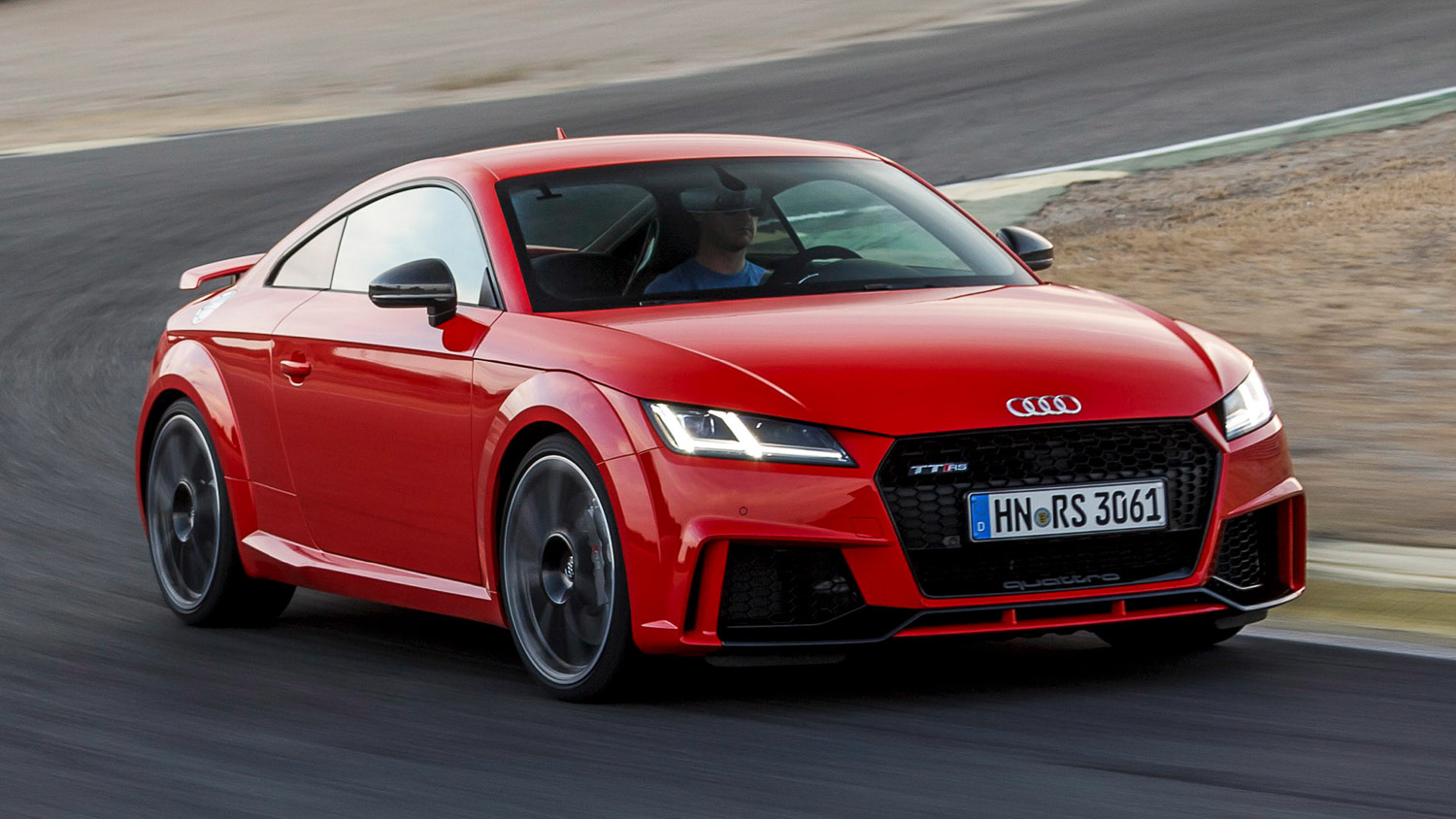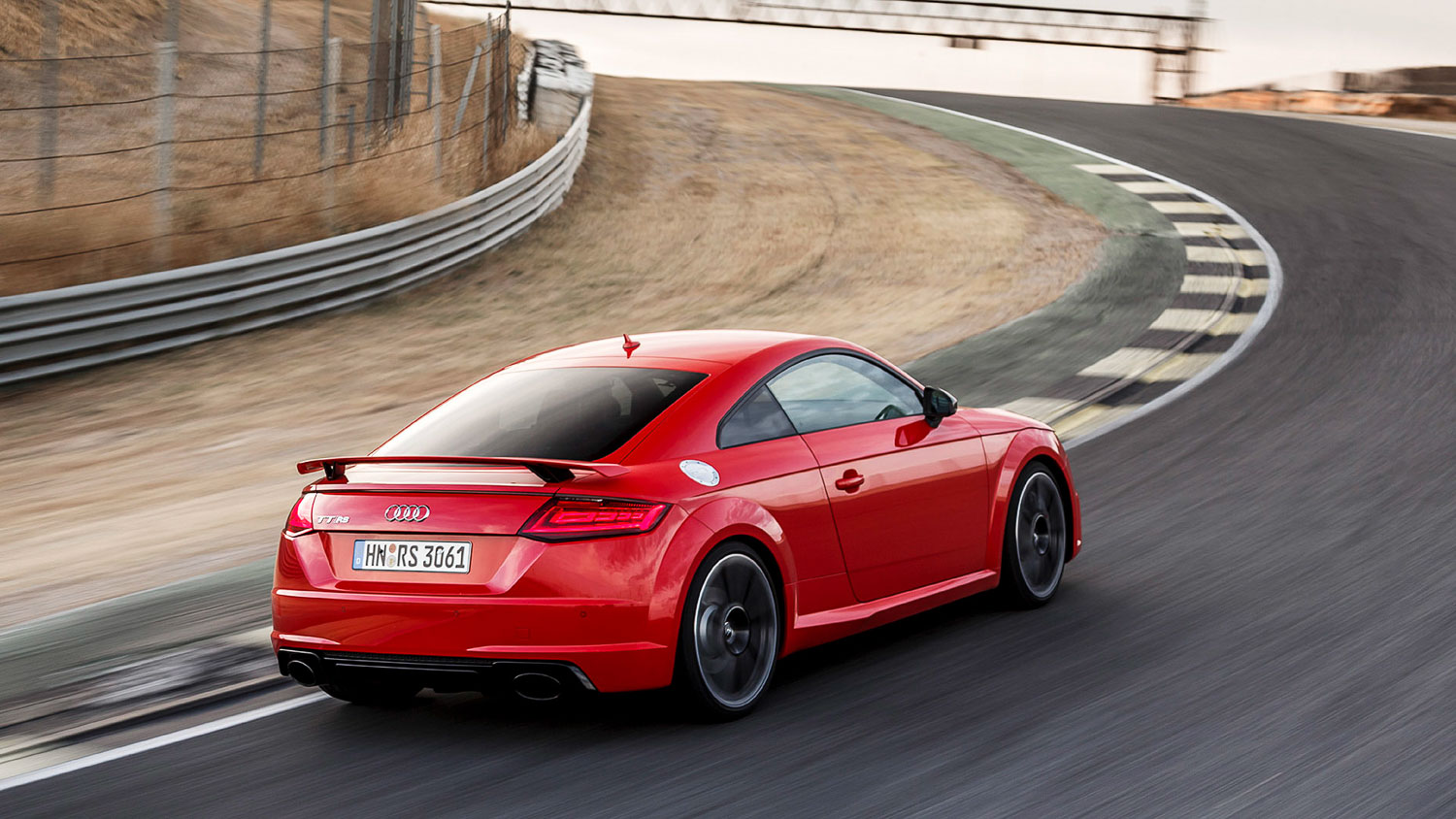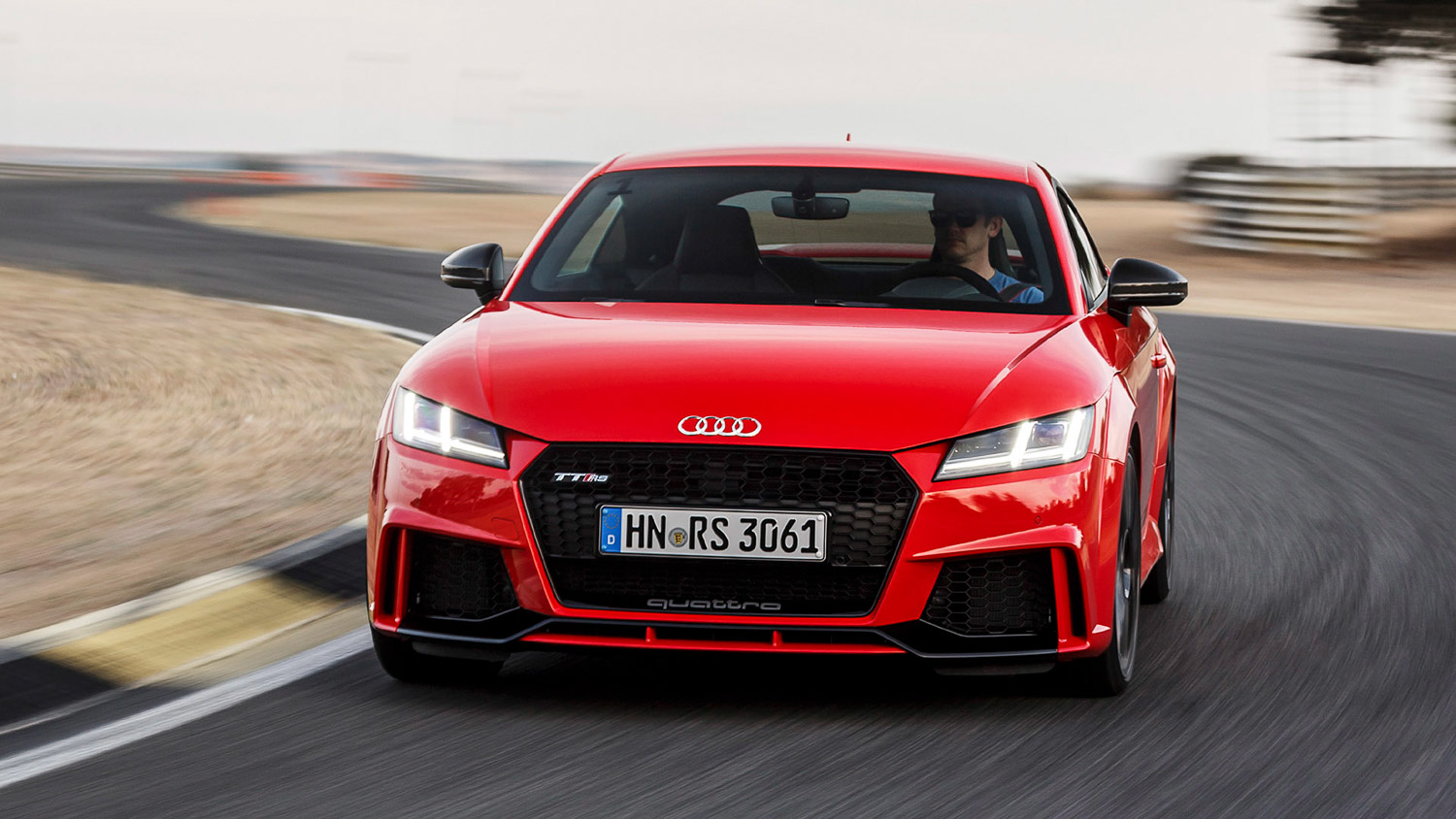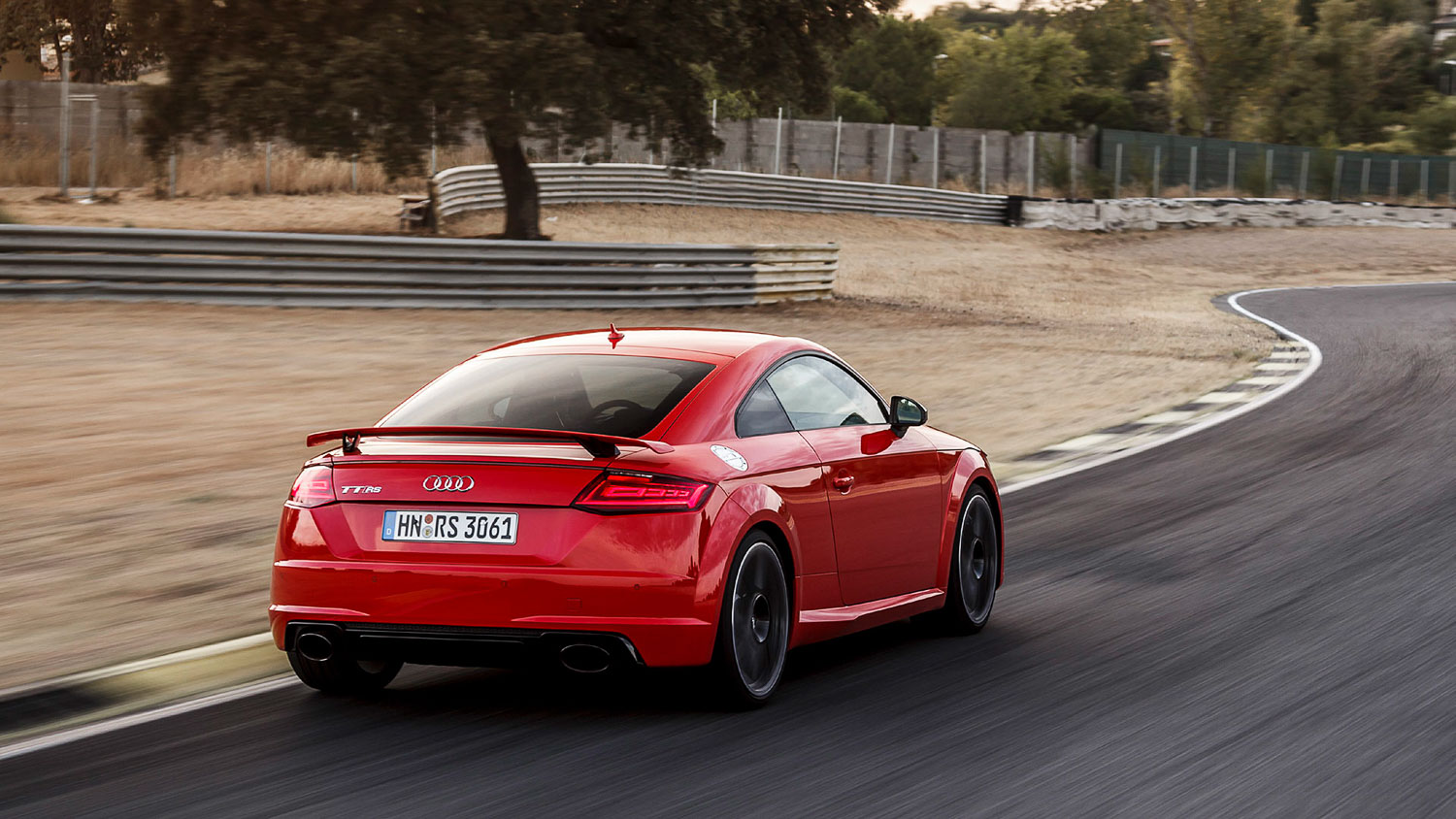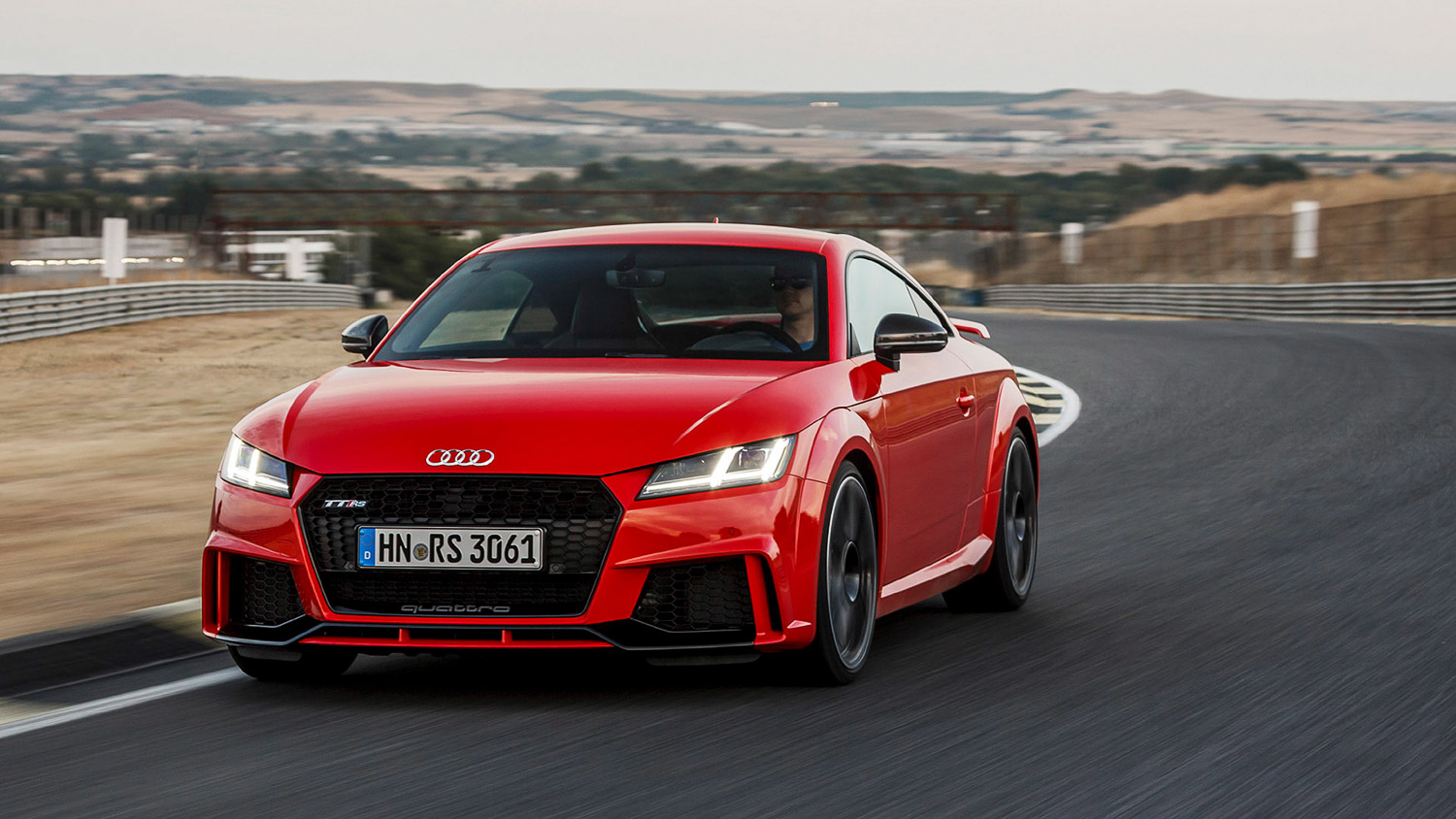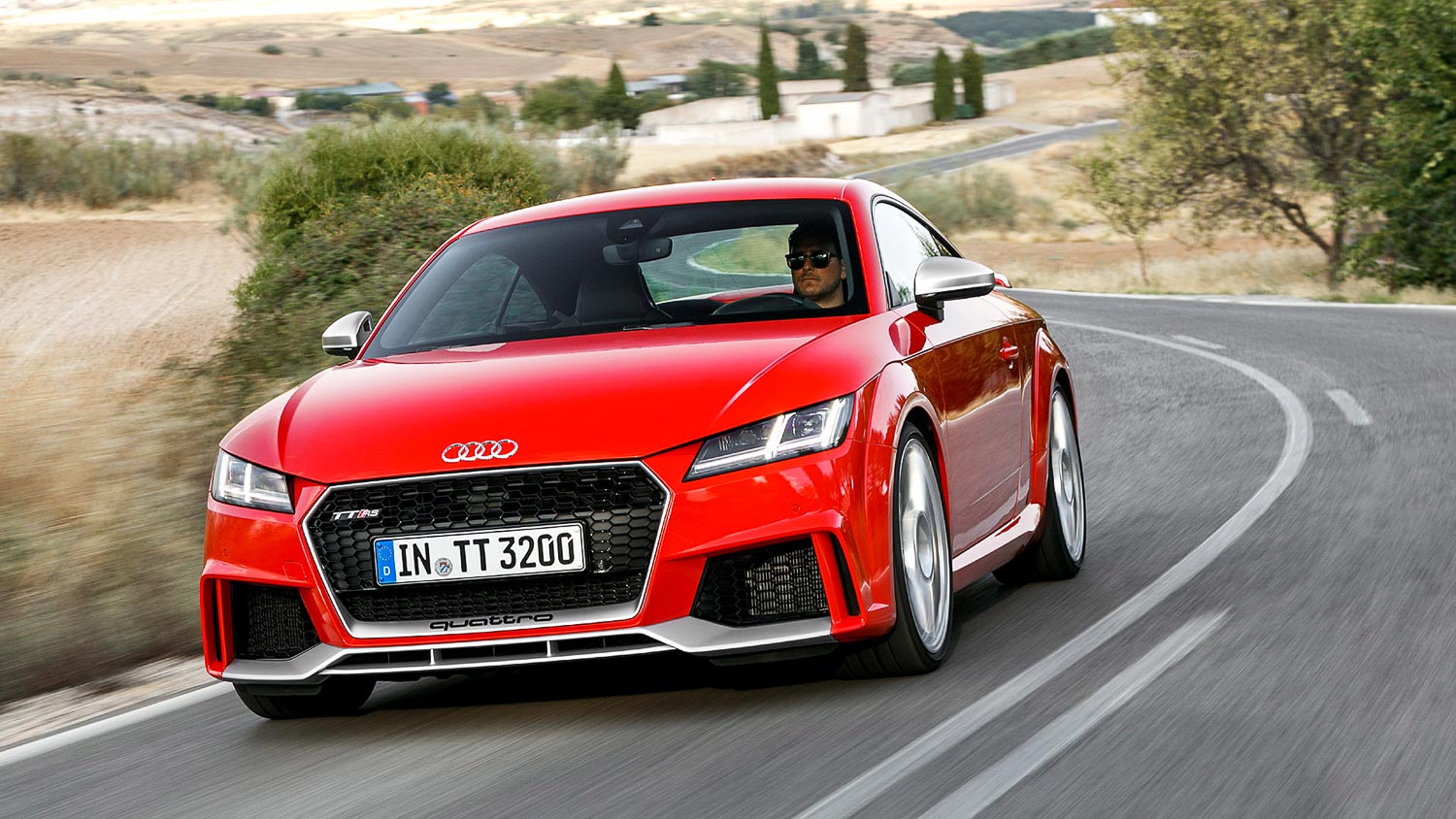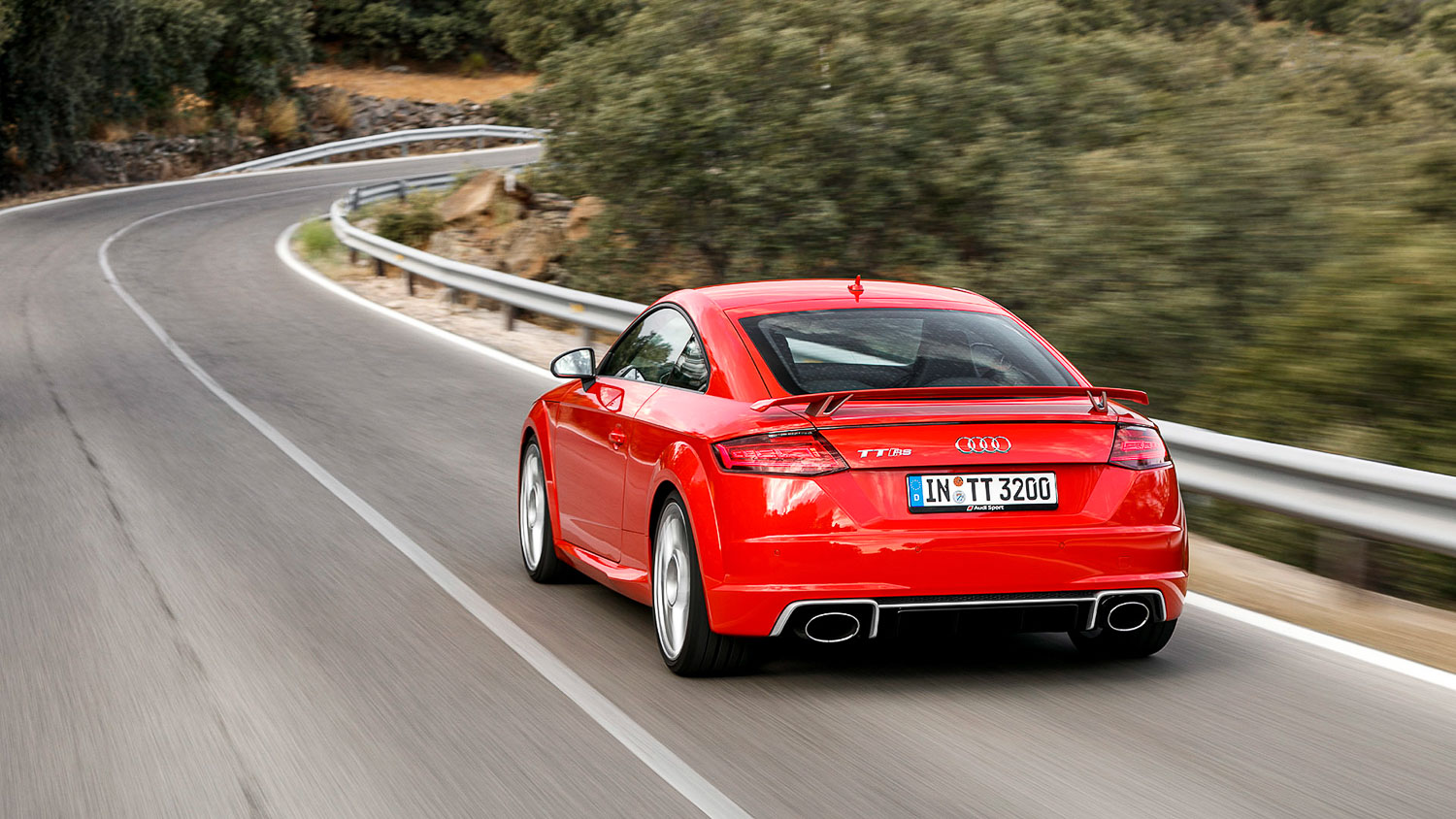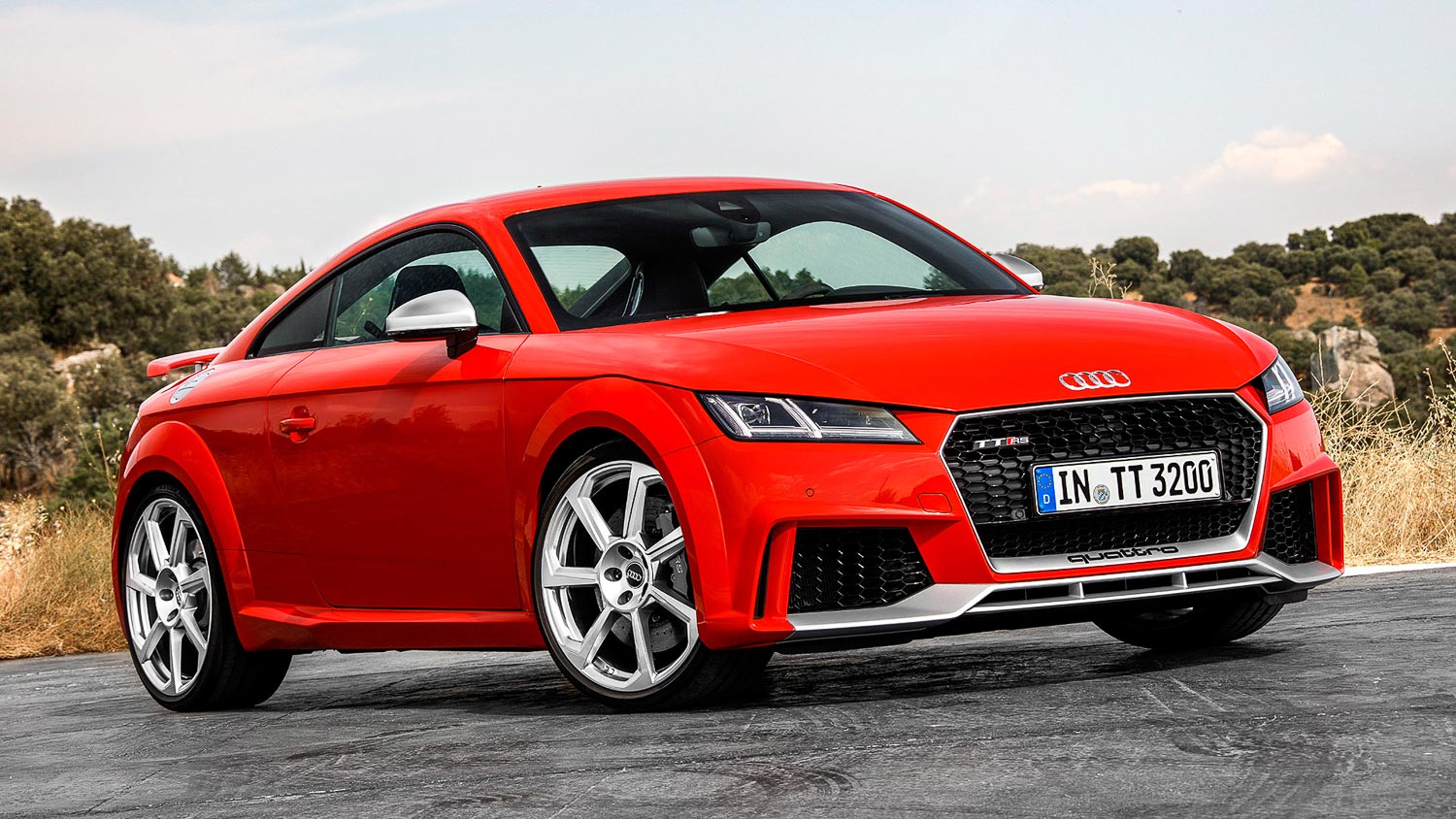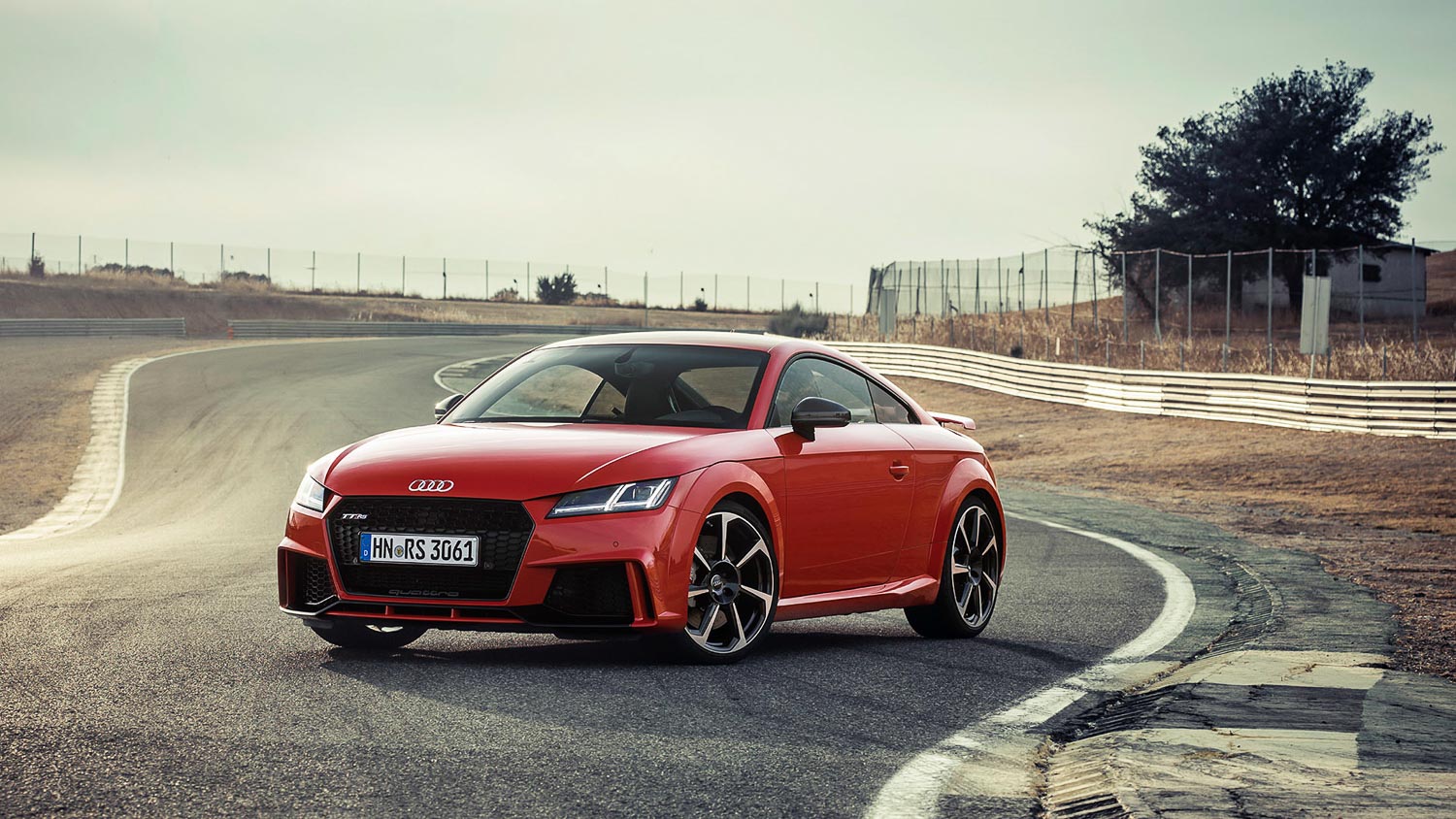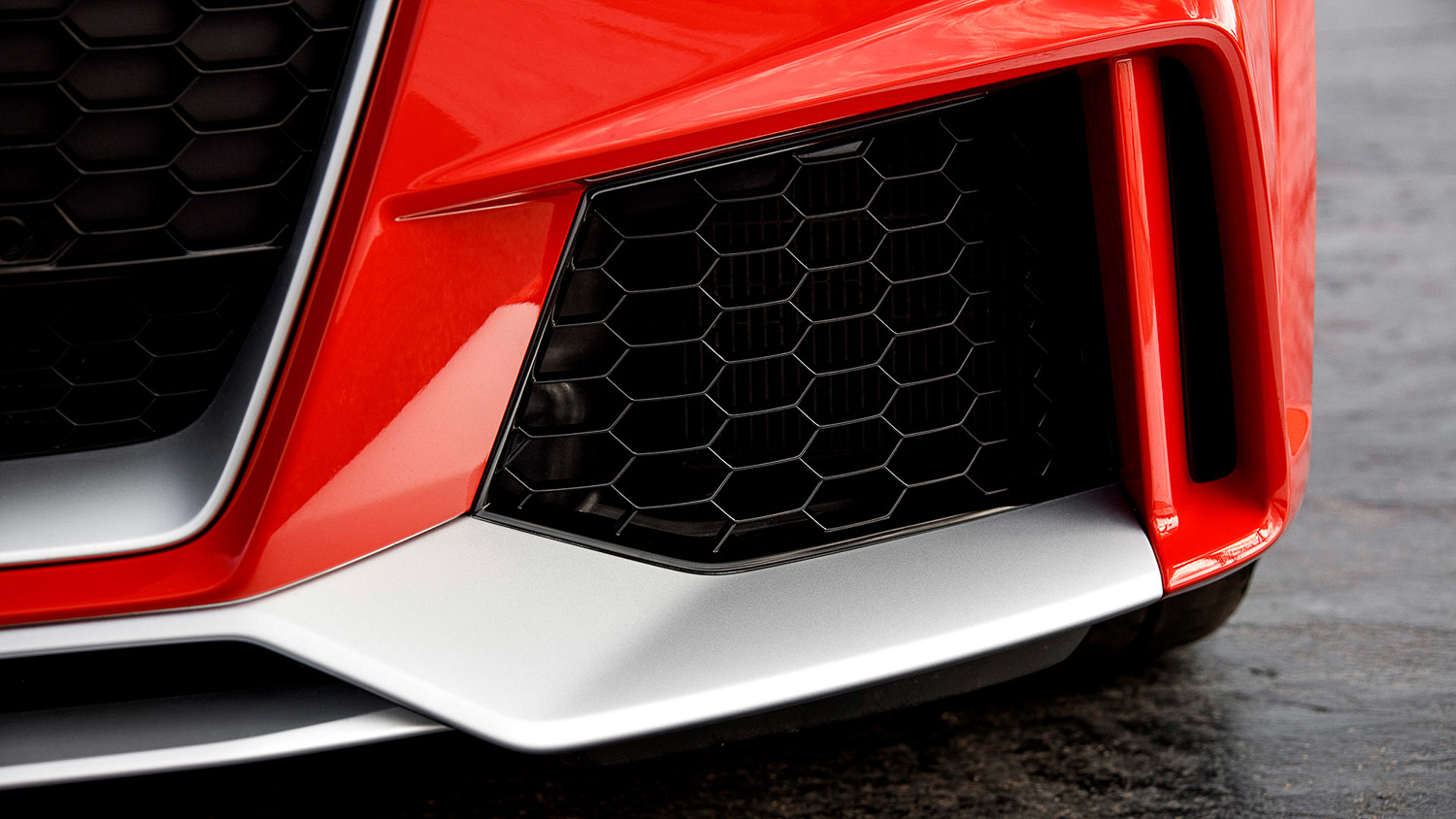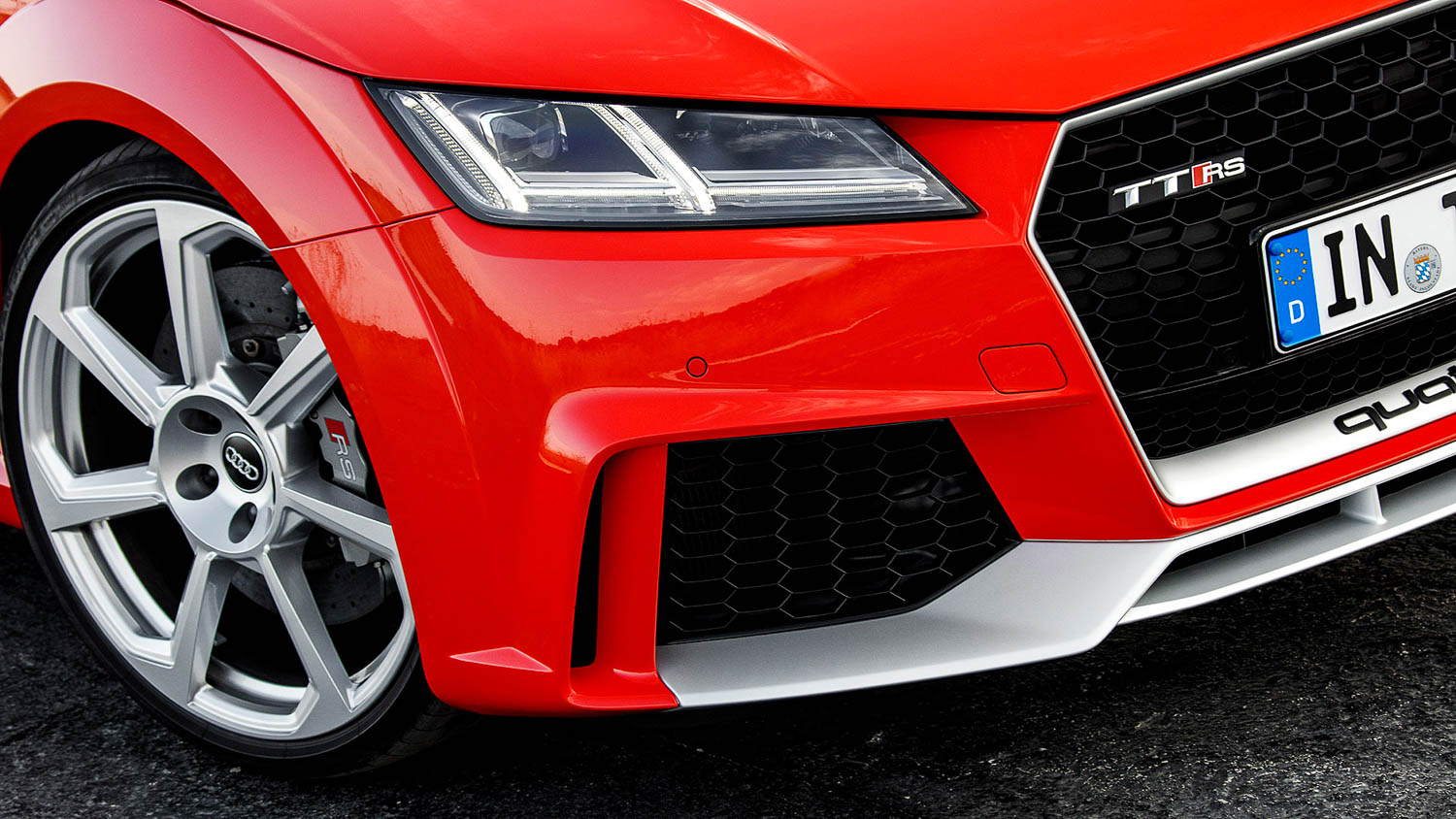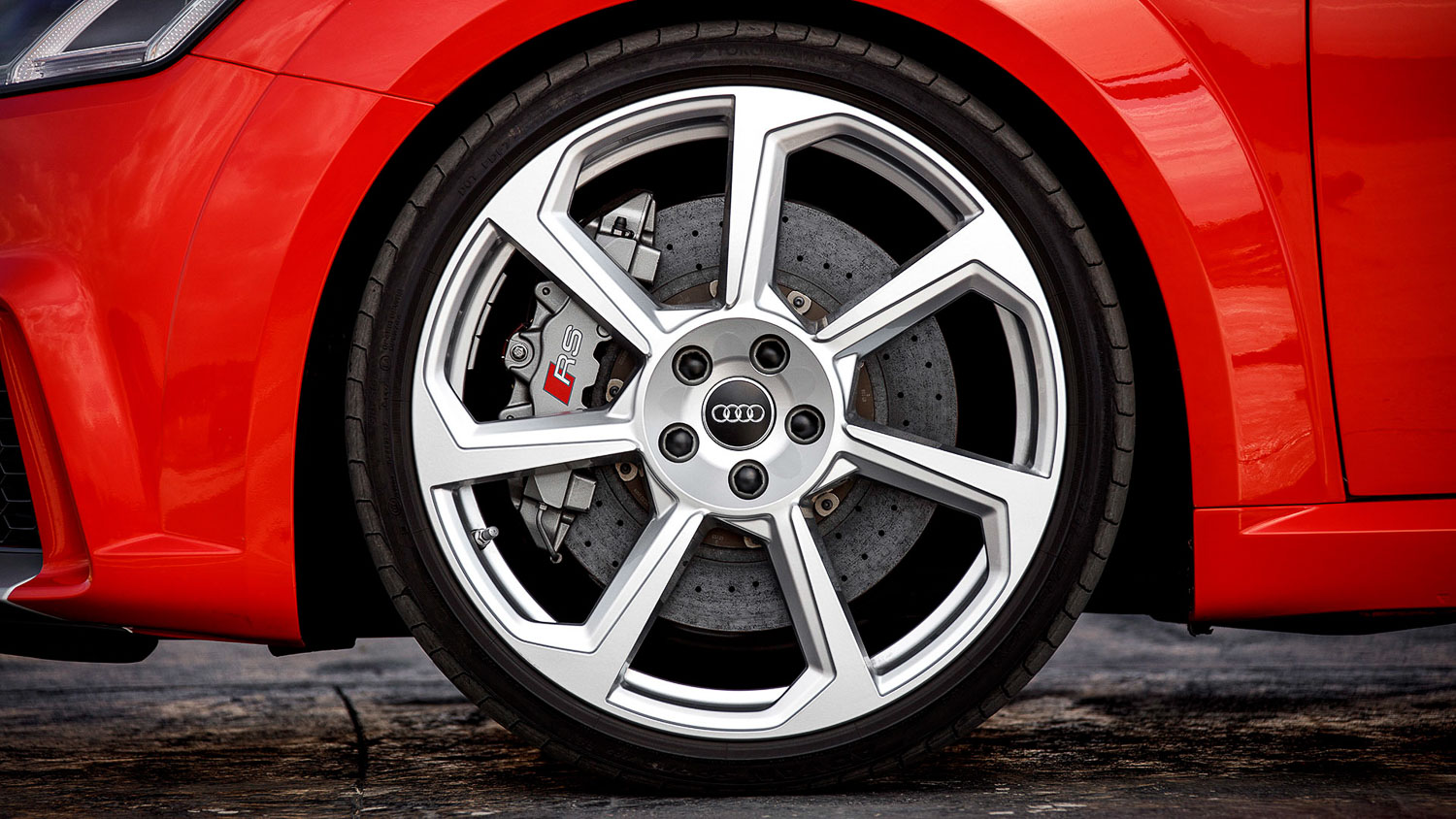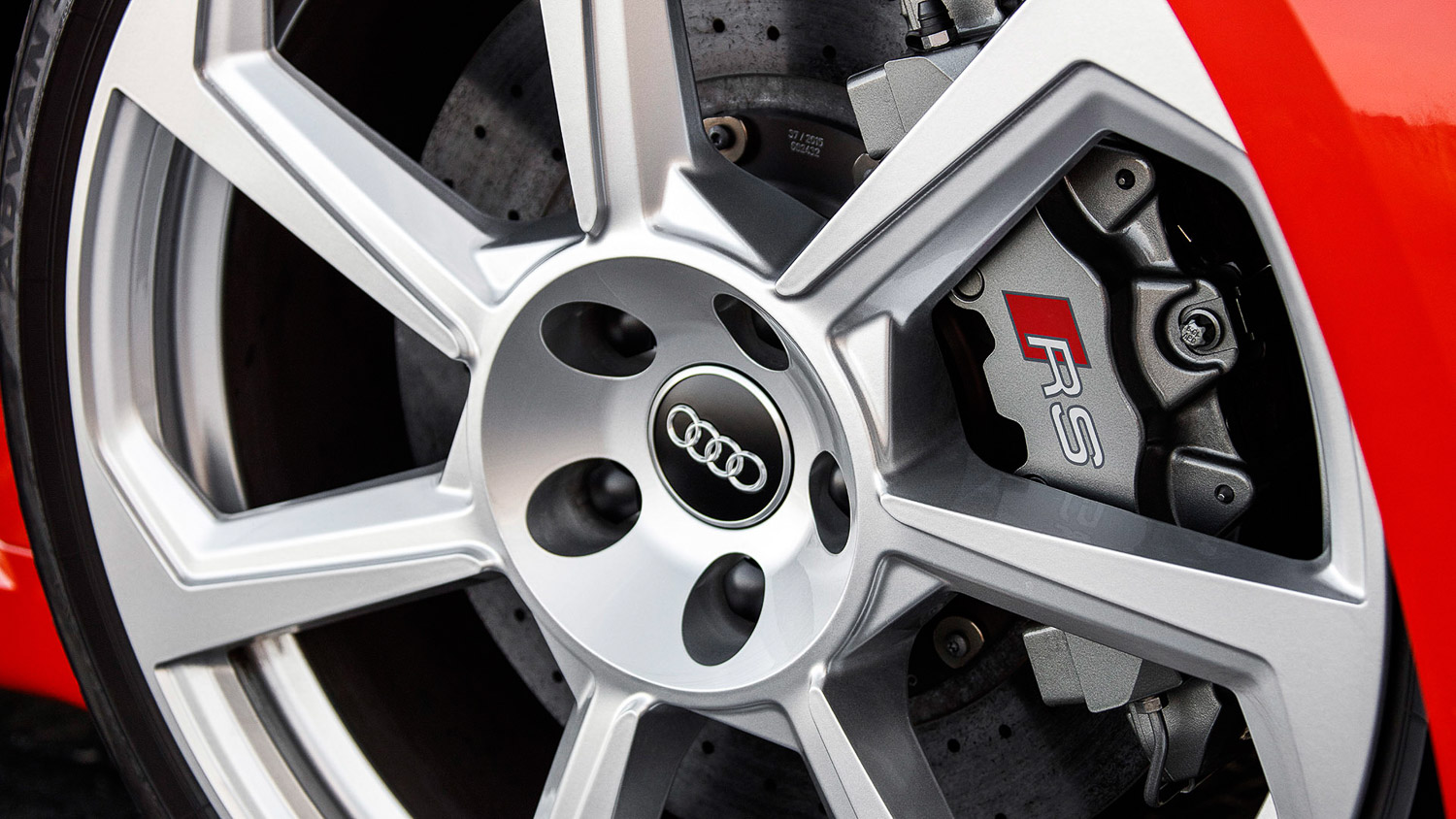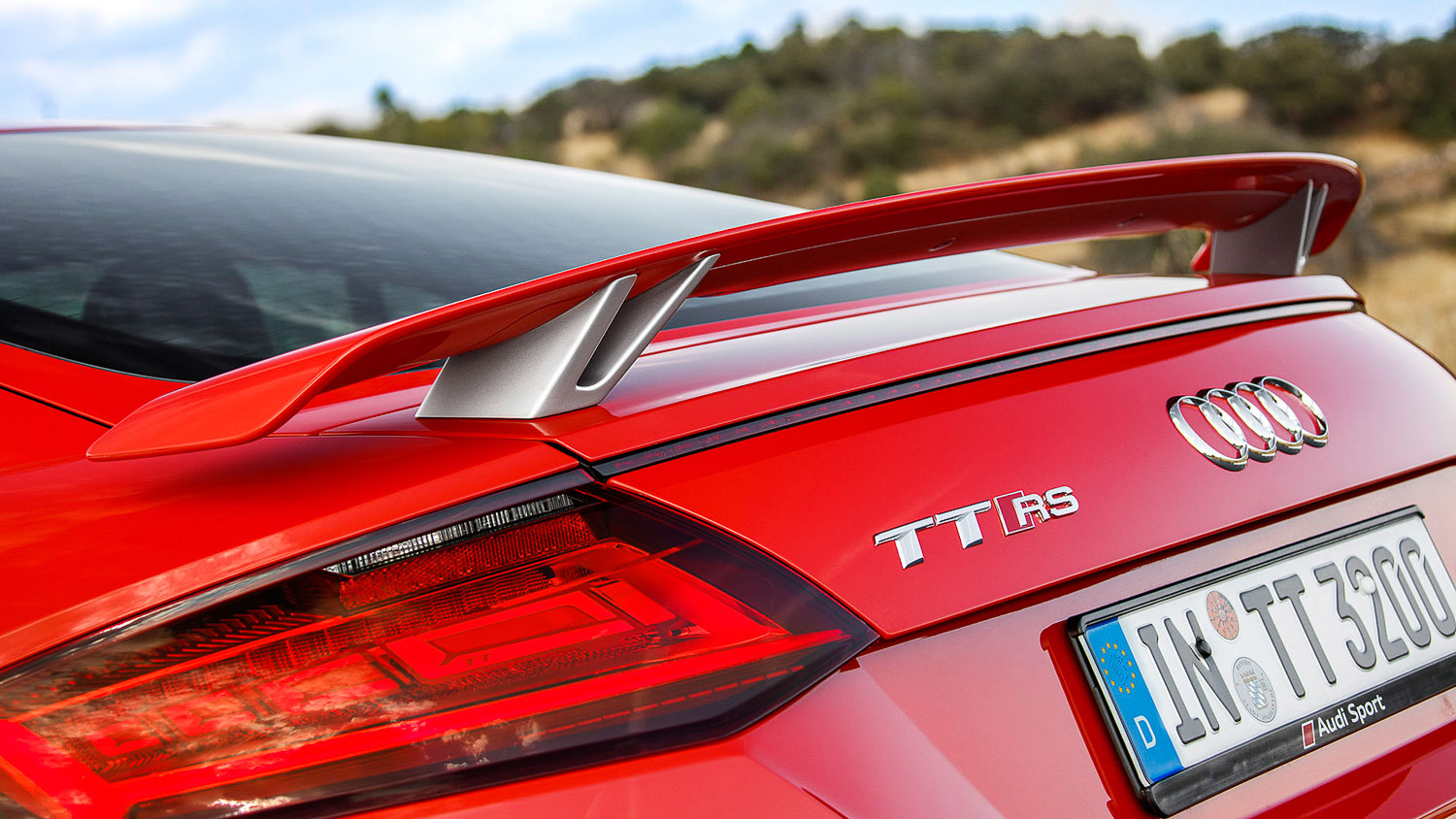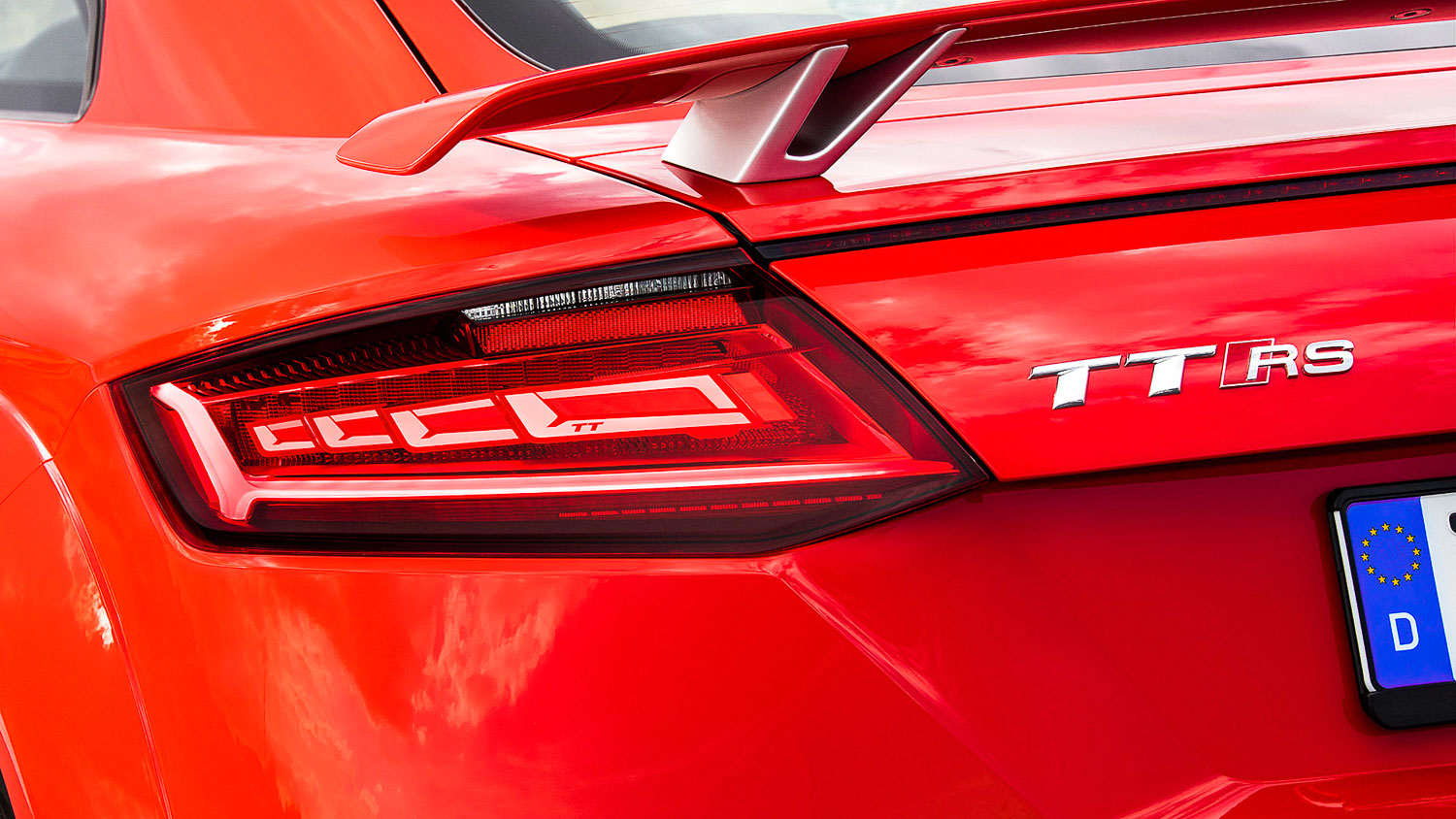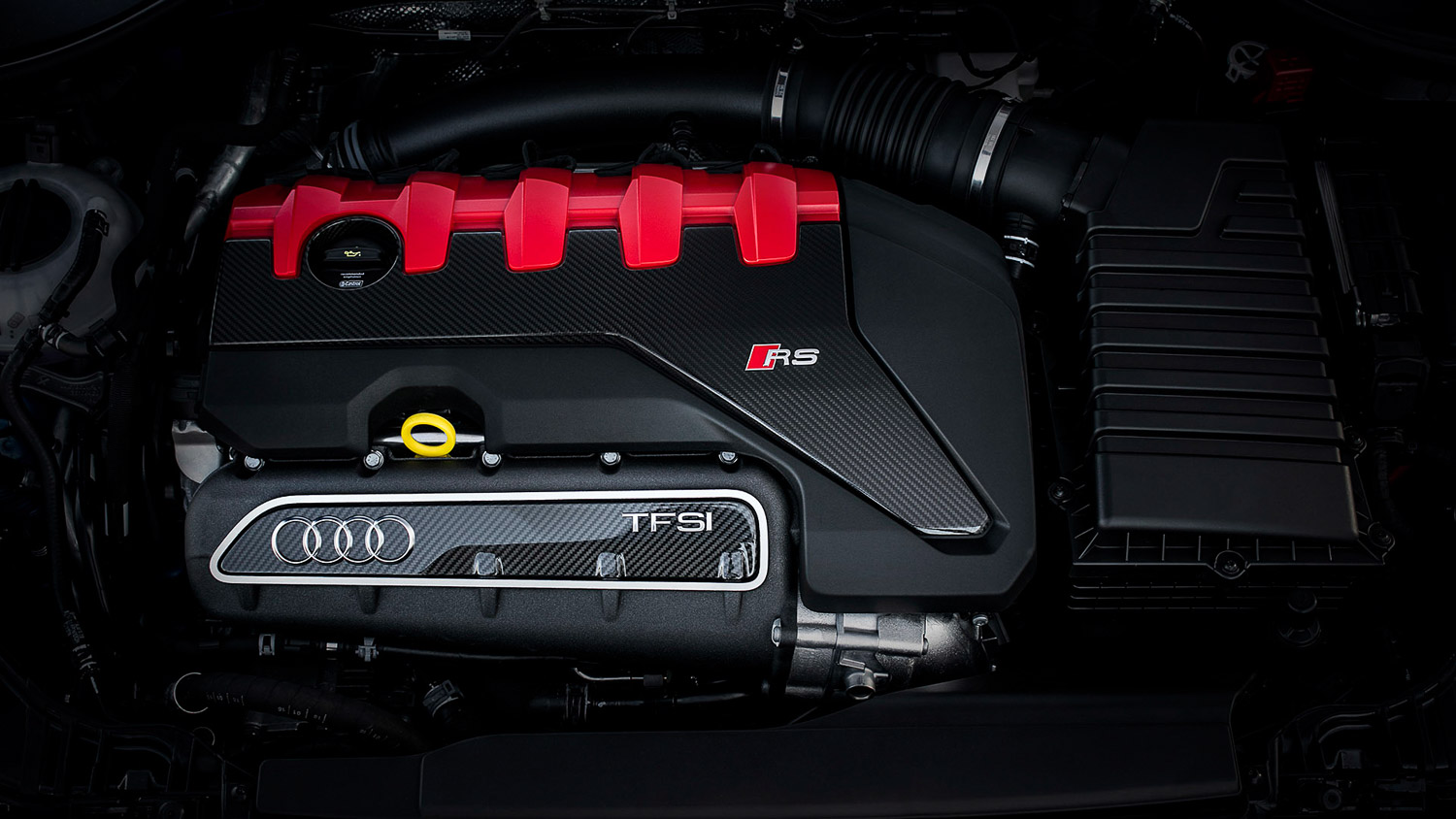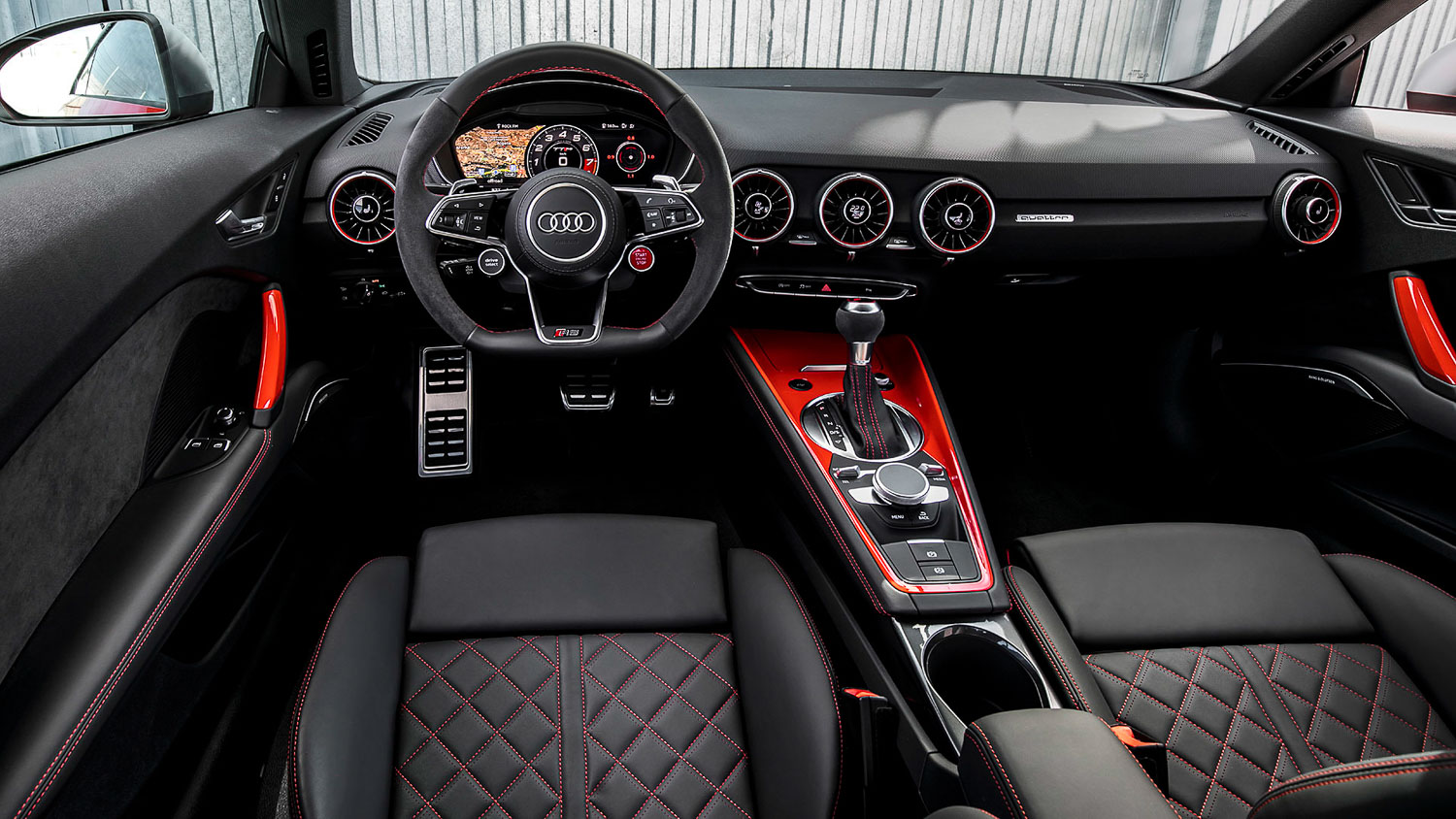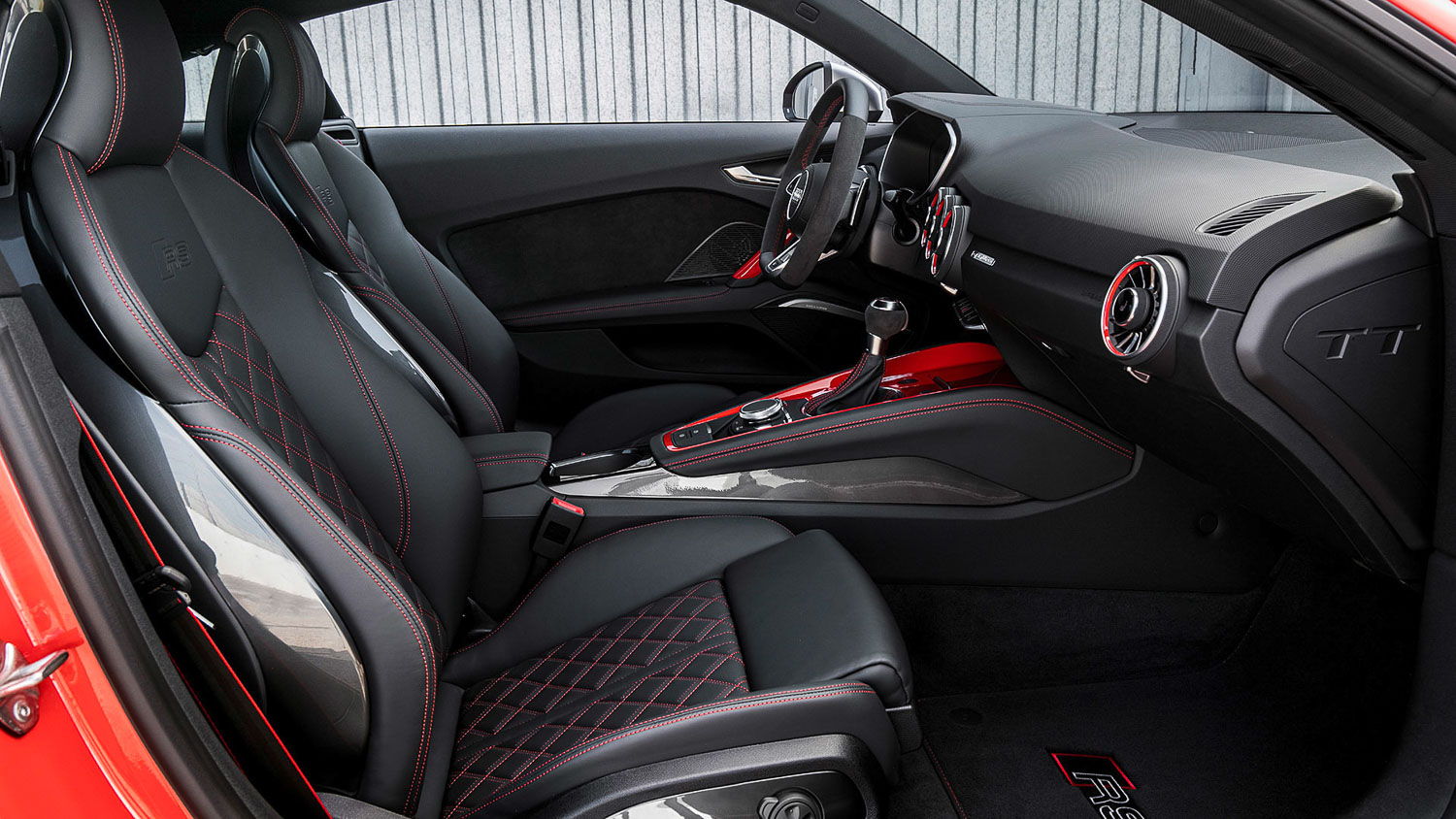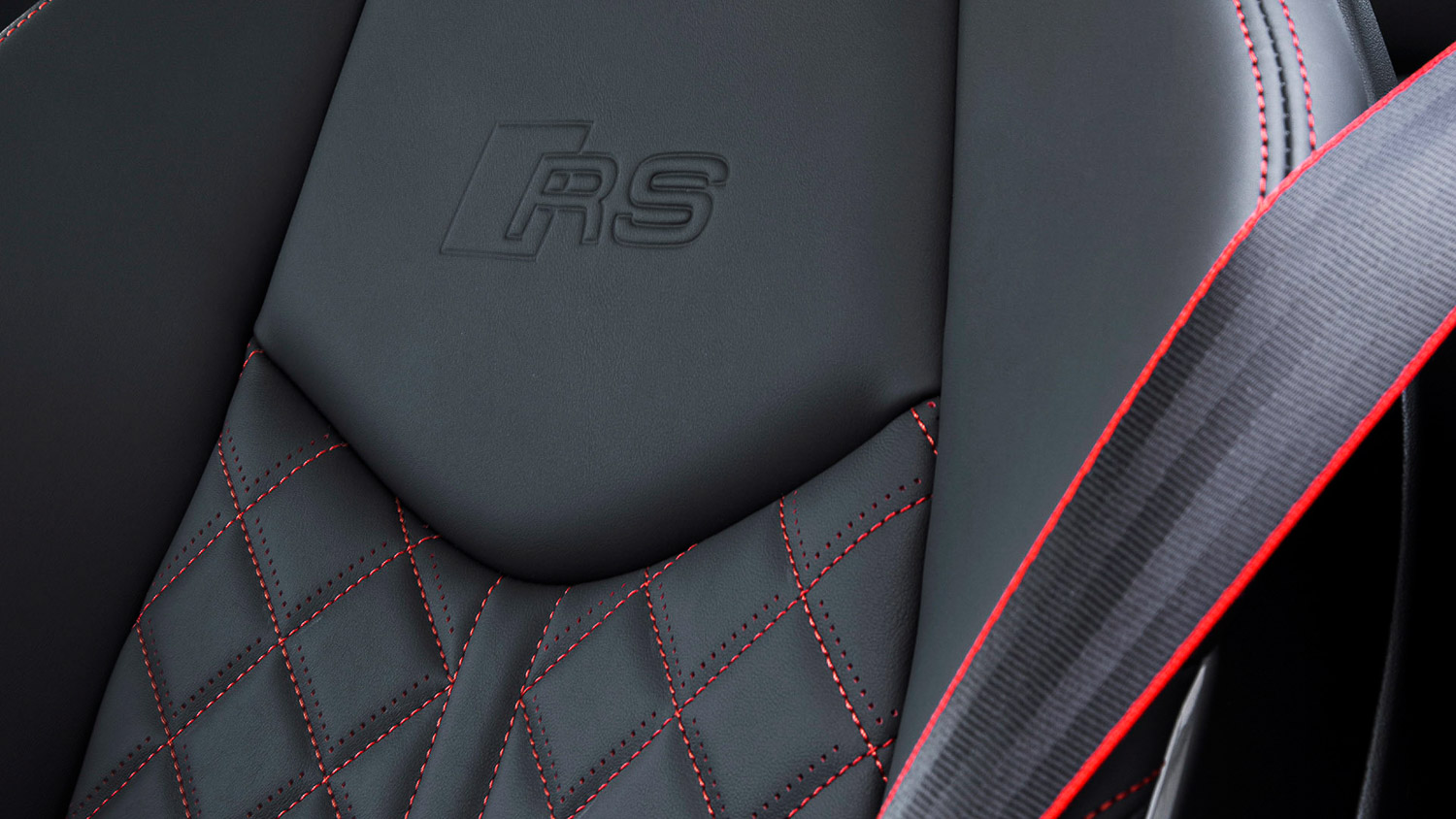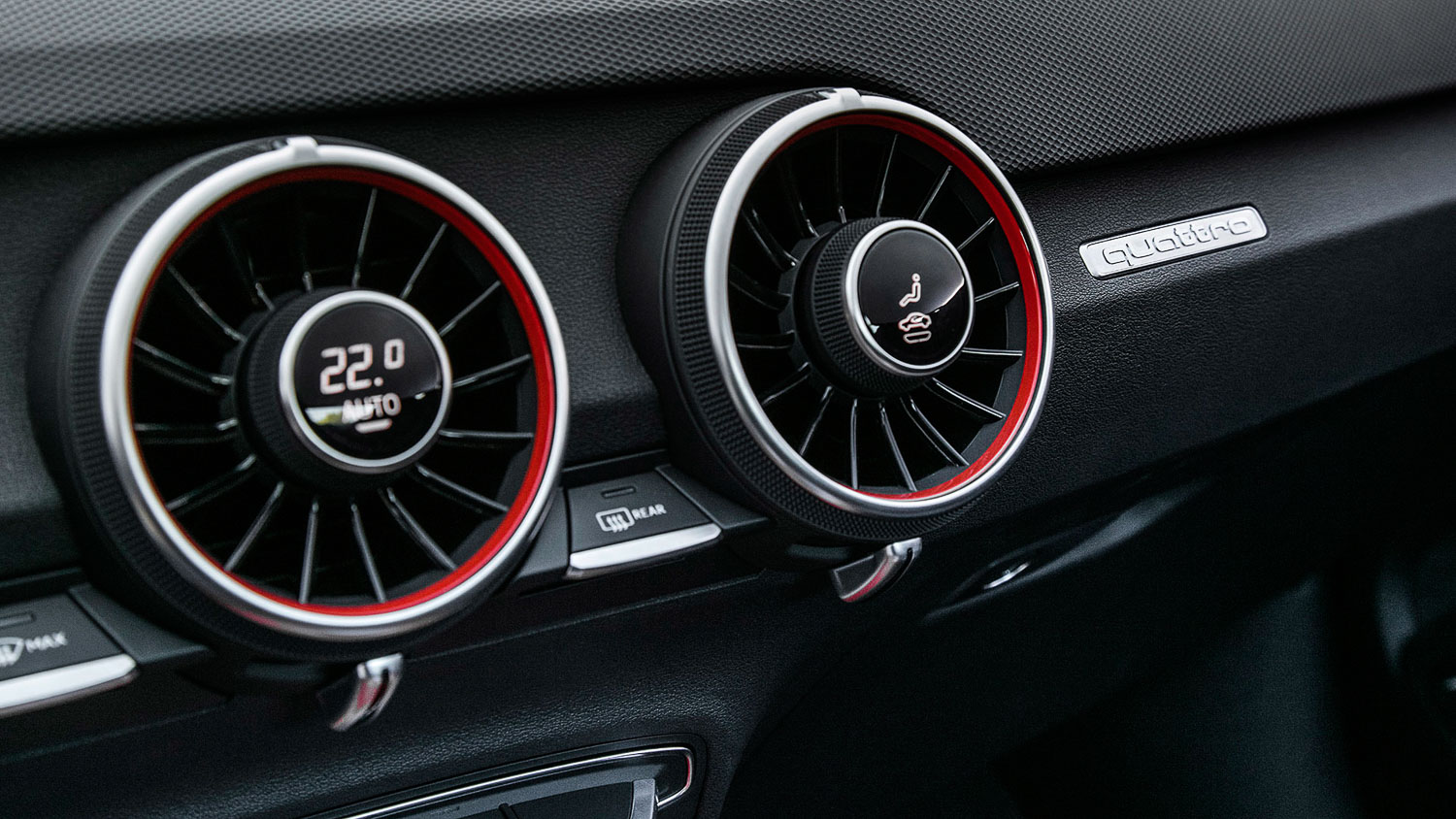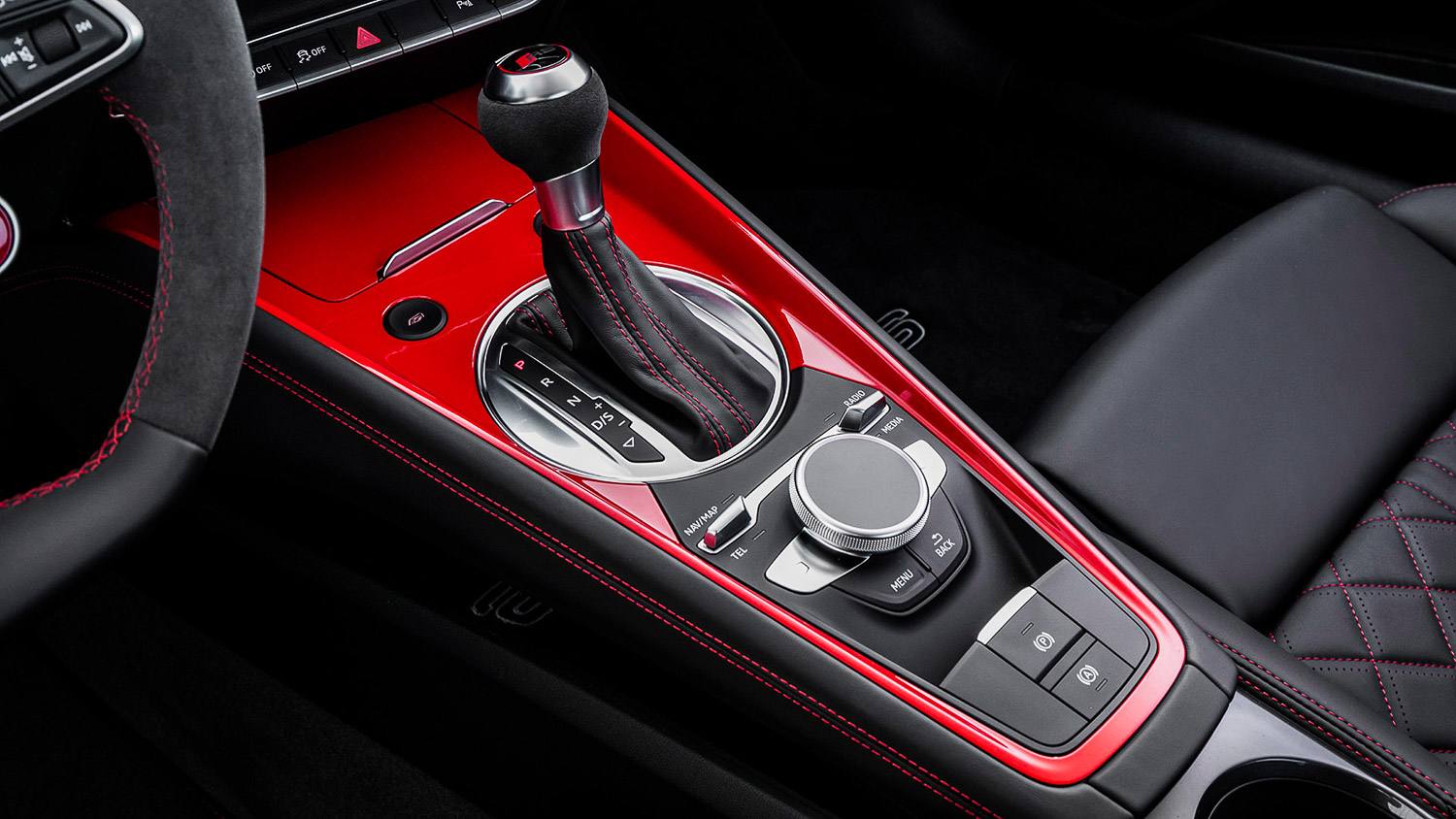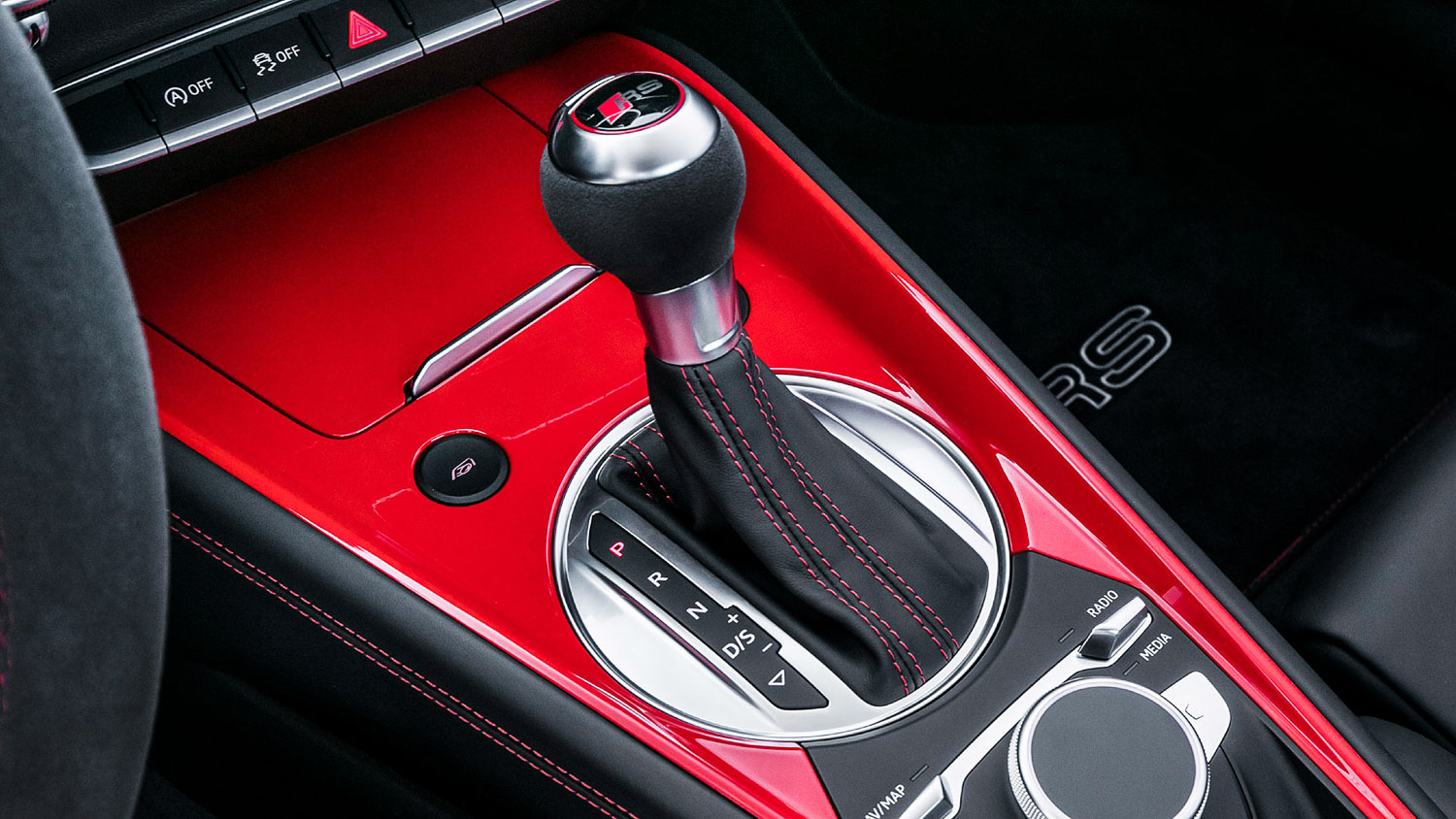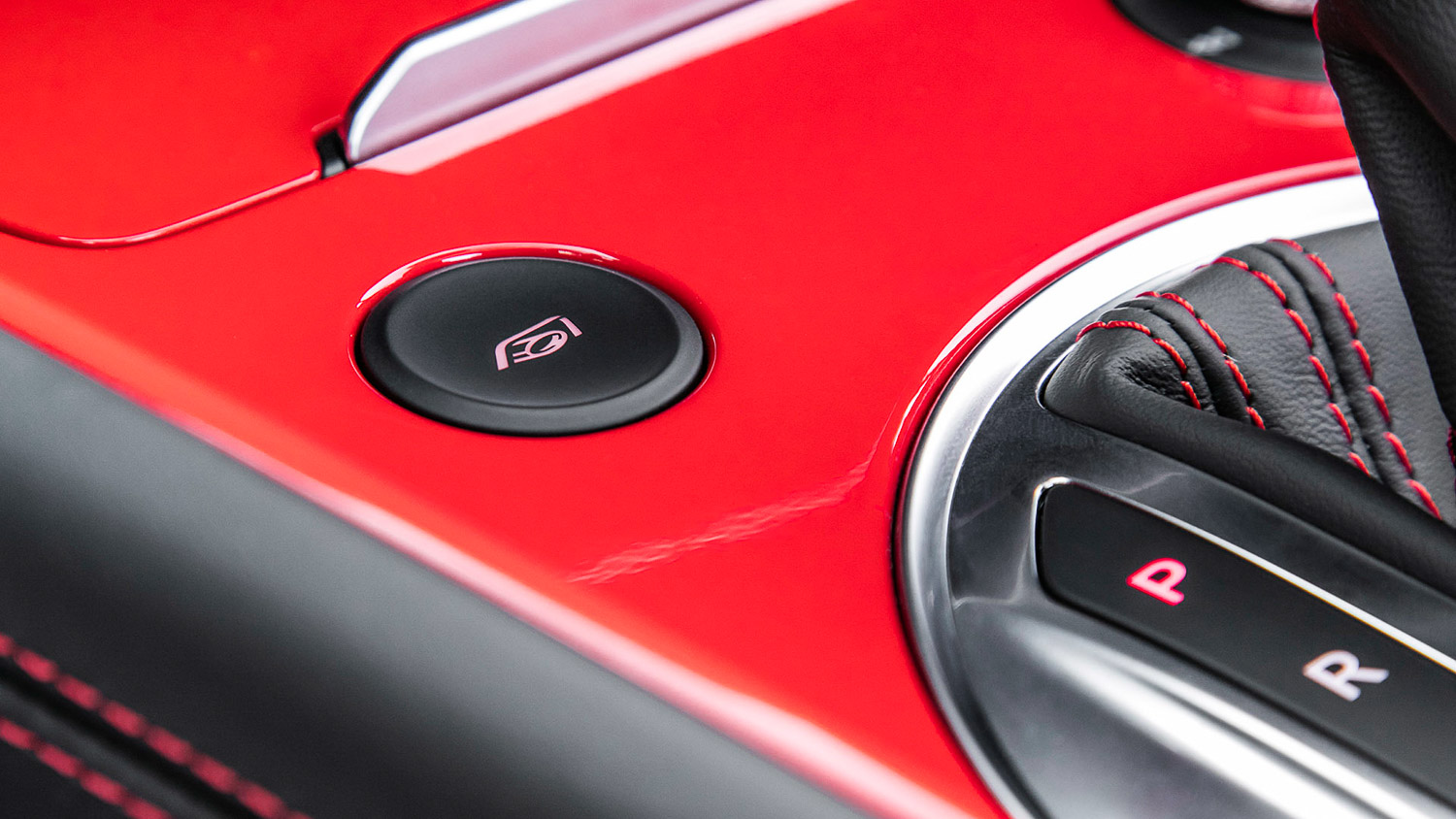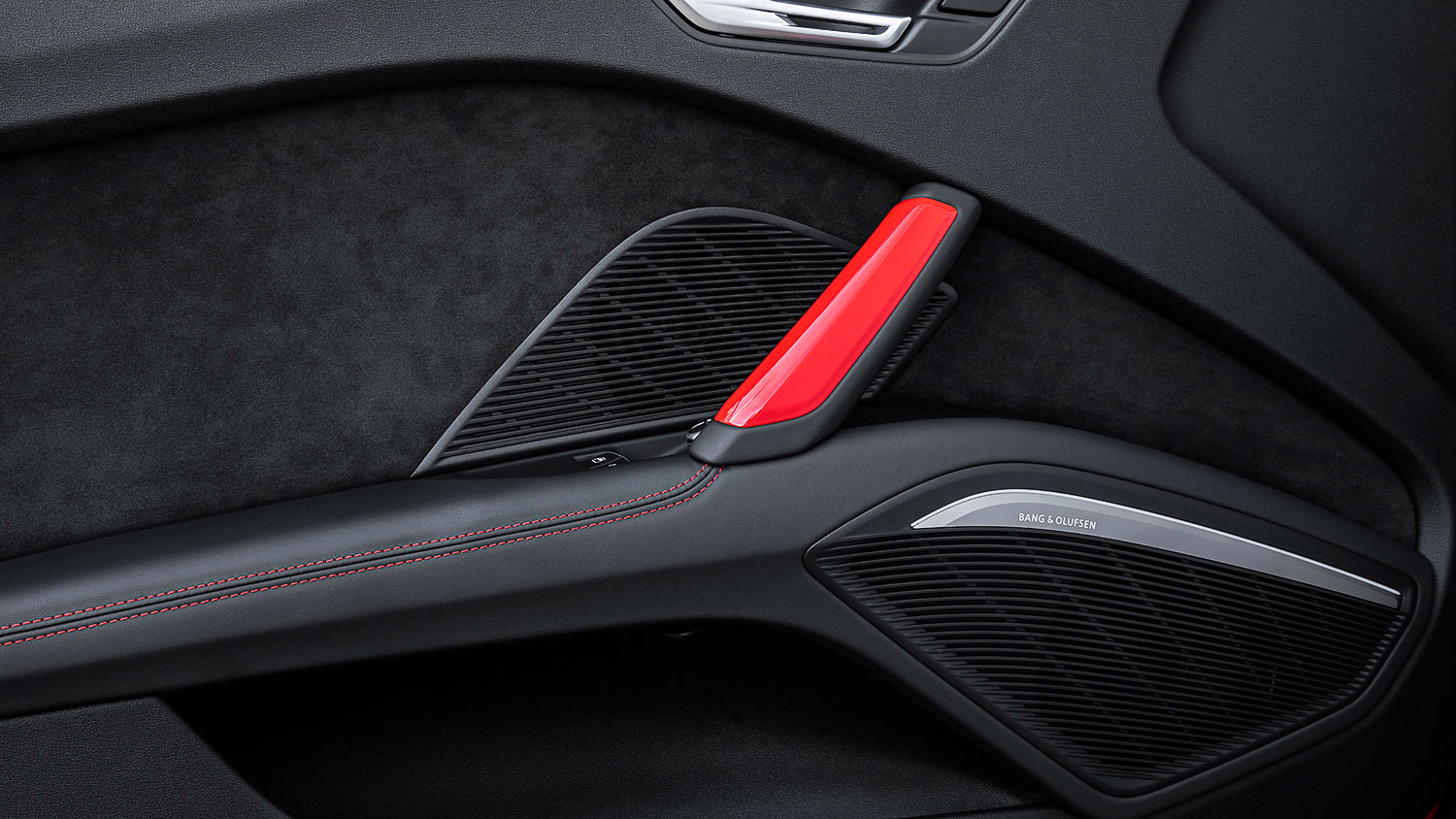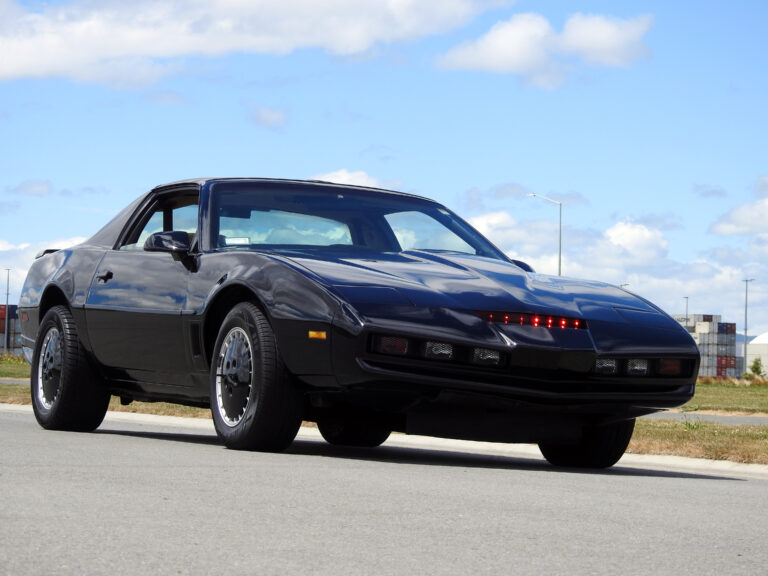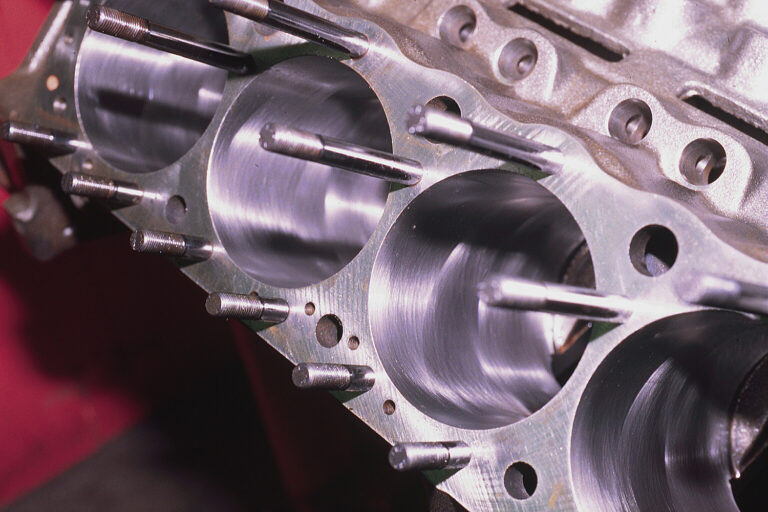data-animation-override>
“If you’re a fan of Group B rally, you’ll understand the excitement of the latest Audi TT RS. The five-cylinder engine is back and with more factory power than ever before”
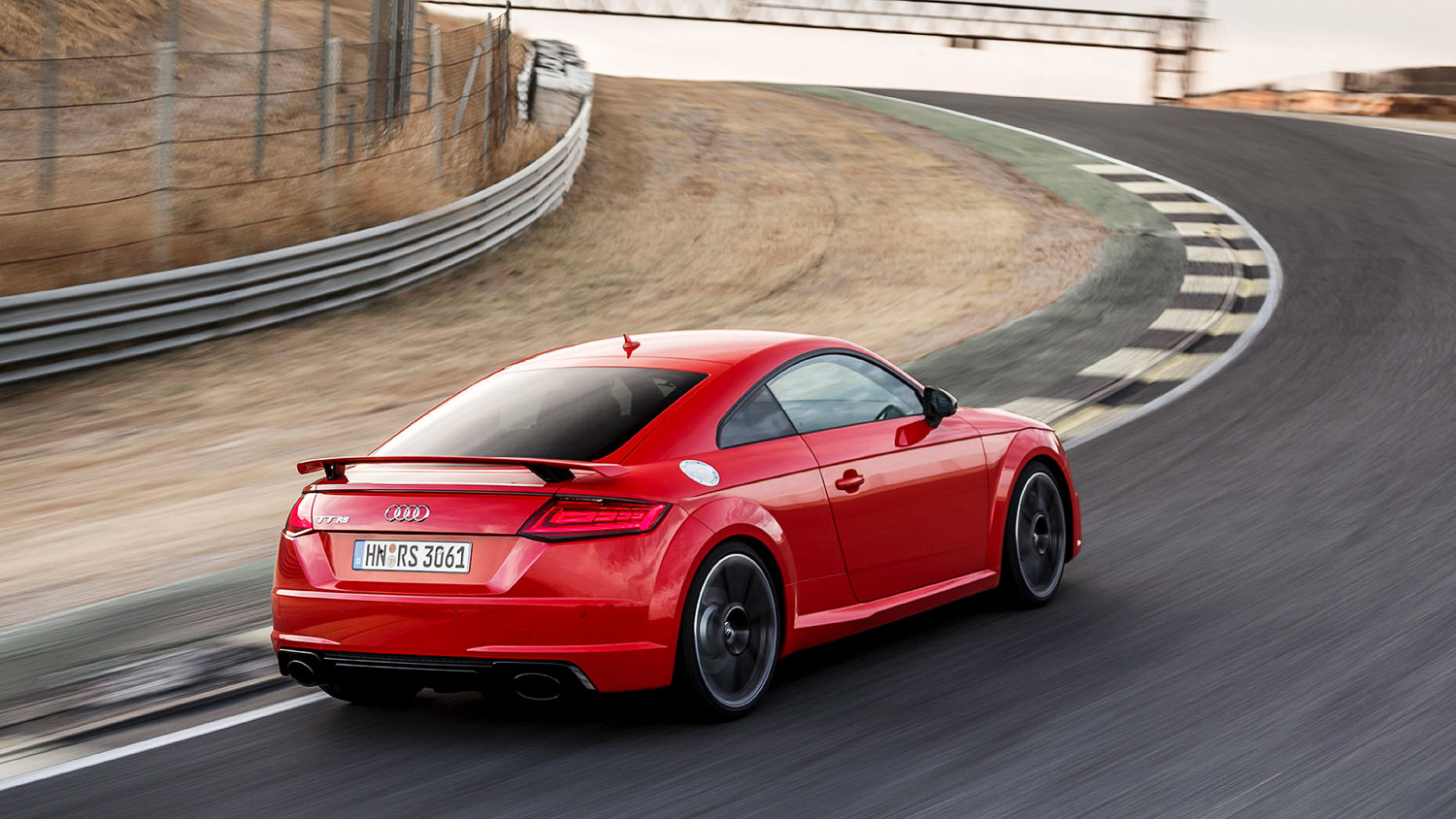
Although I wave the Japanese flag day-to-day, a lot of you won’t know that my first road-going vehicle (not counting my paddock cars) was a 1989 Audi 90 Quattro. It featured a five-cylinder KV engine with 330,000 miles, a sagging roofline, and a few electrical gremlins.
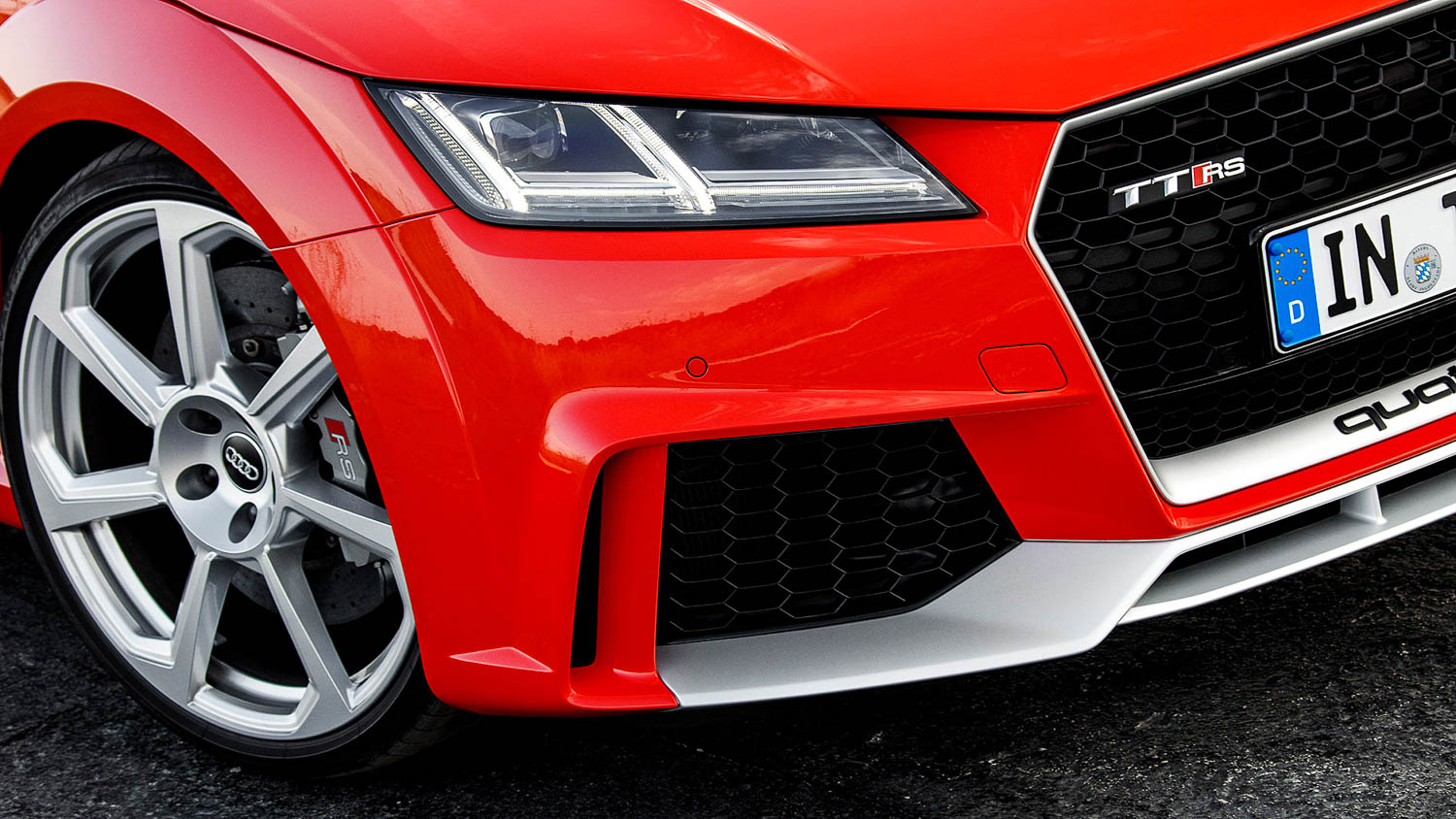
I loved it though, and it was my very first project car. Being 15 years of age, I saved up for a set of lowering springs to be installed at Mag and Turbo, had a large ‘cannon-style’ muffler welded onto the back, and installed a vacuum gauge and subwoofer — all of the vital performance upgrades, sigh. After installing the large exhaust (as ugly as it was), it did give me a newfound love for Audi’s five-cylinder engines. A smooth, yet burbly note that you have to hear to understand. It was gutless, but it didn’t matter — it sounded incredible.
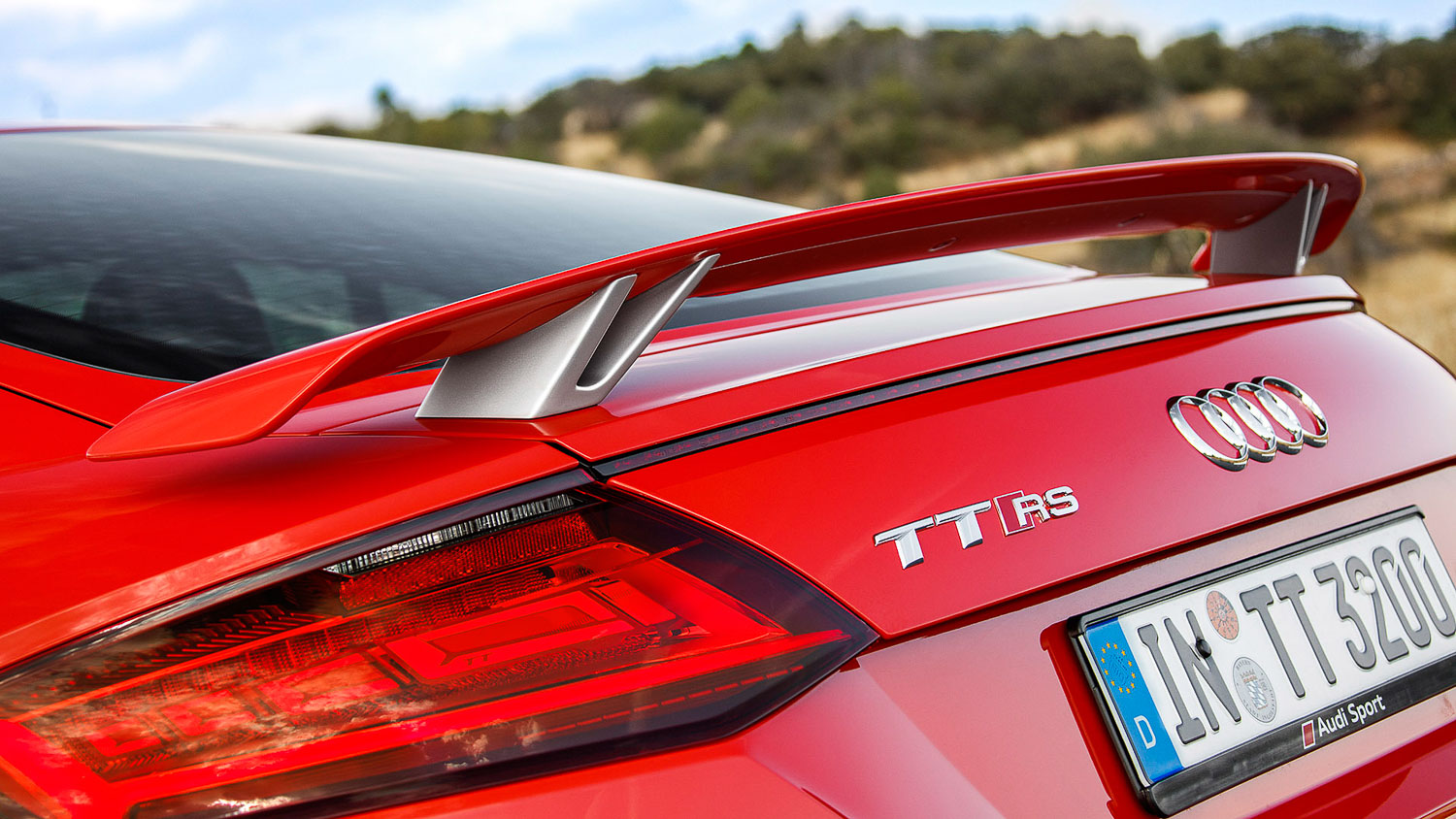
Audi has finally given us a glimpse at the latest TT RS model, and they’ve announced the five-cylinder it packs under the bonnet is a fire-breathing dragon with 400hp — that’s 270hp more than my old 90 Quattro. Why is this so exciting? Well, if you haven’t noticed, vehicle manufacturers the world over are ripping out engines they’re well known for and replacing them with more compact and efficient units — boring!
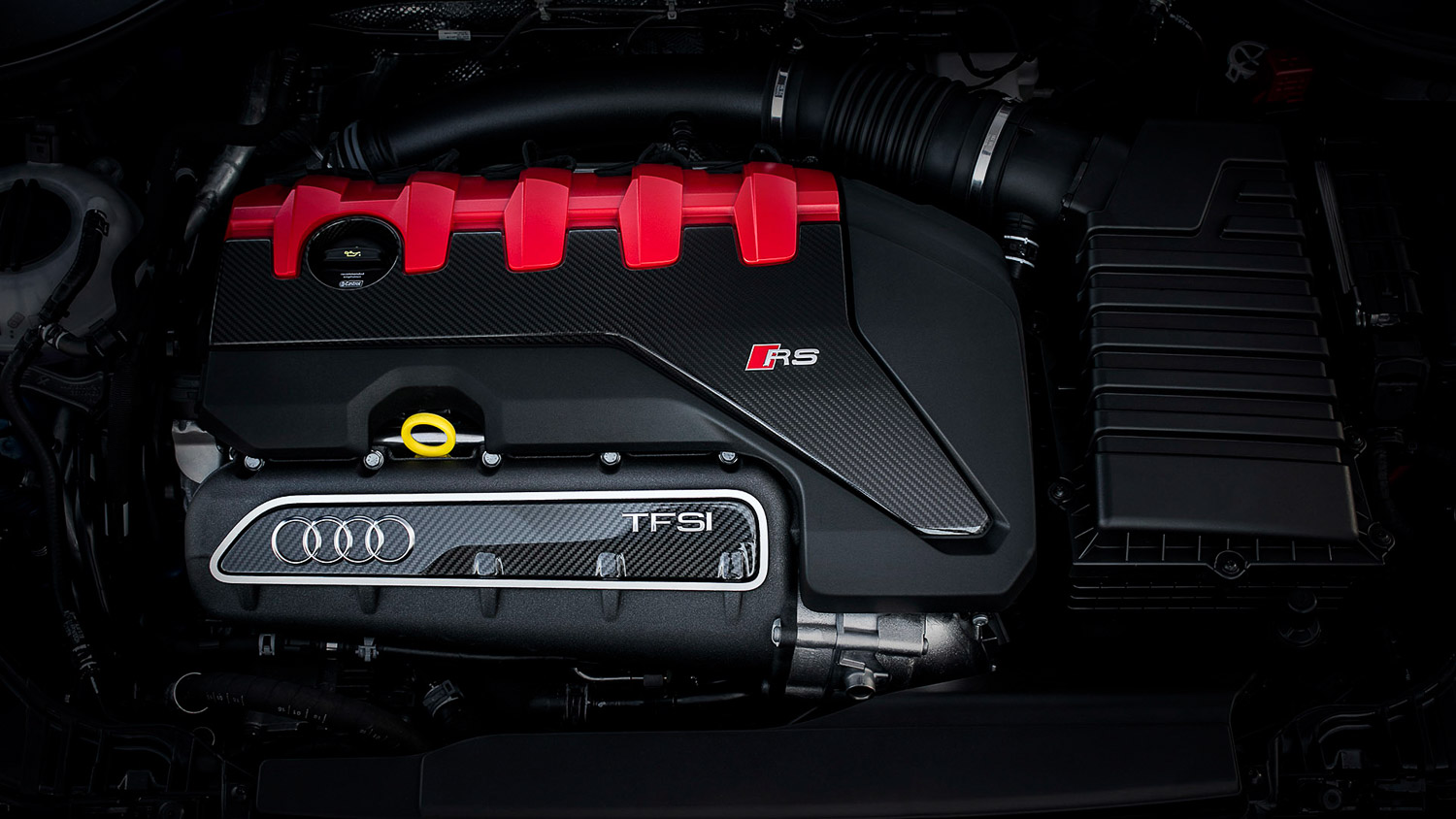
Think R35 GT-R, as they stopped production of the harmonious RB26 engine and replaced it with a trombone-sounding VR38 engine. Ford have also done the same thing by installing an economy-focused four-cylinder turbo engine into their Mustang — however, they did retain a V8 option.
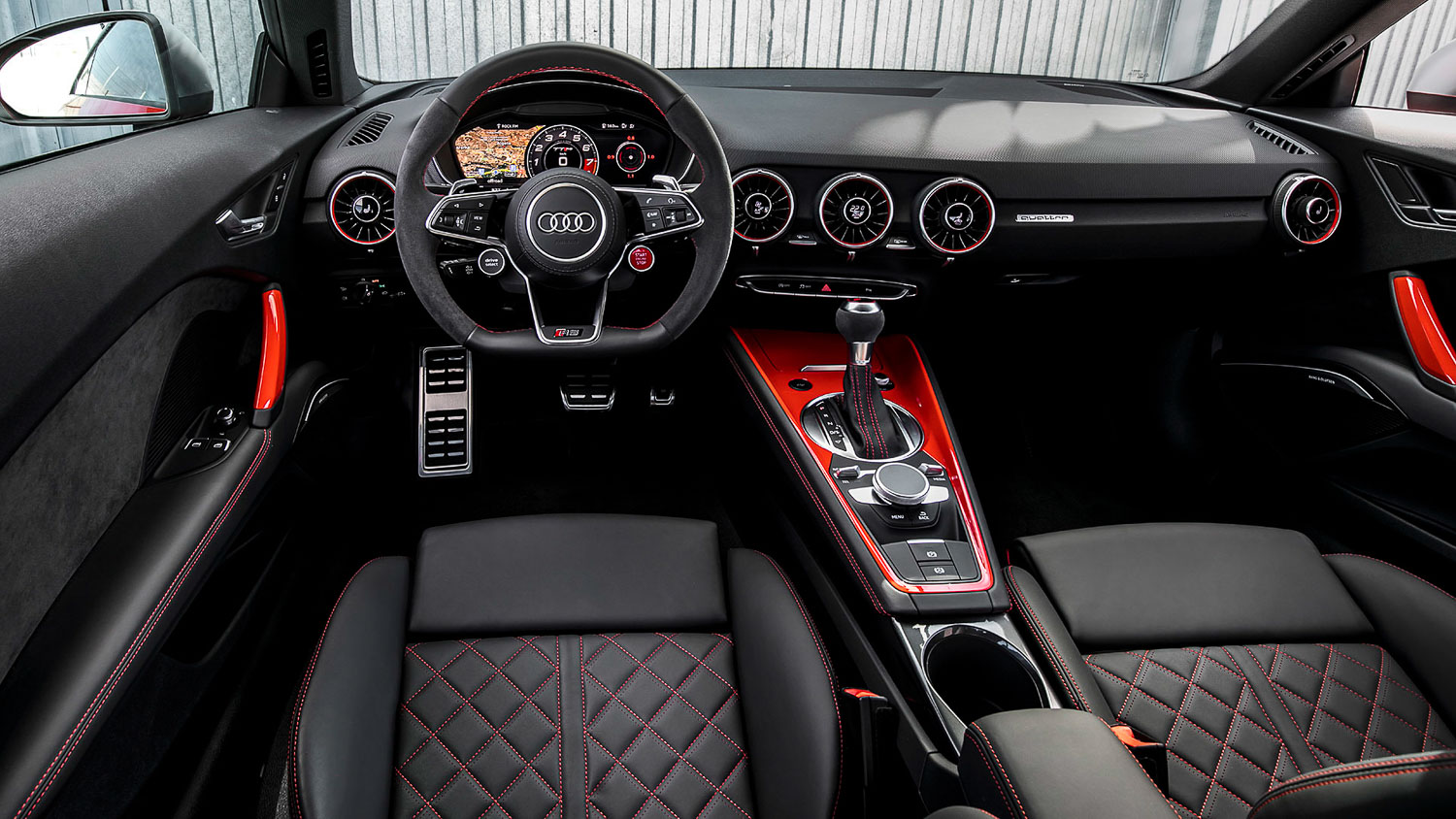
RS Audis have always been bonkers, and they’ve always been a dream of mine to own. The Audi TT RS is no different; it has much stiffer suspension, added styling features, and, of course, the bonkers engine. How’s that interior? Nice, right? We haven’t driven one yet, so if you’re wanting to know how it drives, we can’t tell you. But it’d no doubt be mental with that much power.

